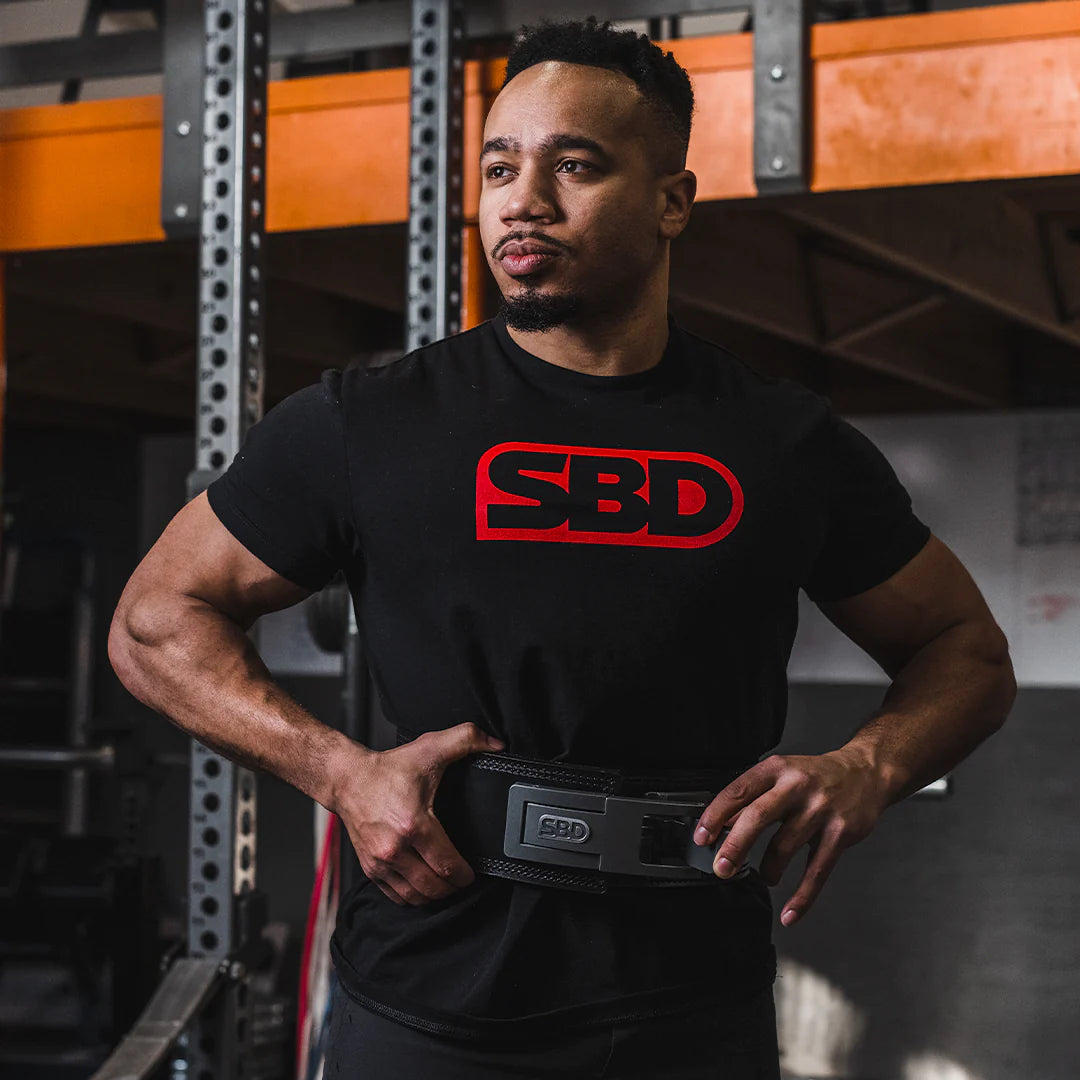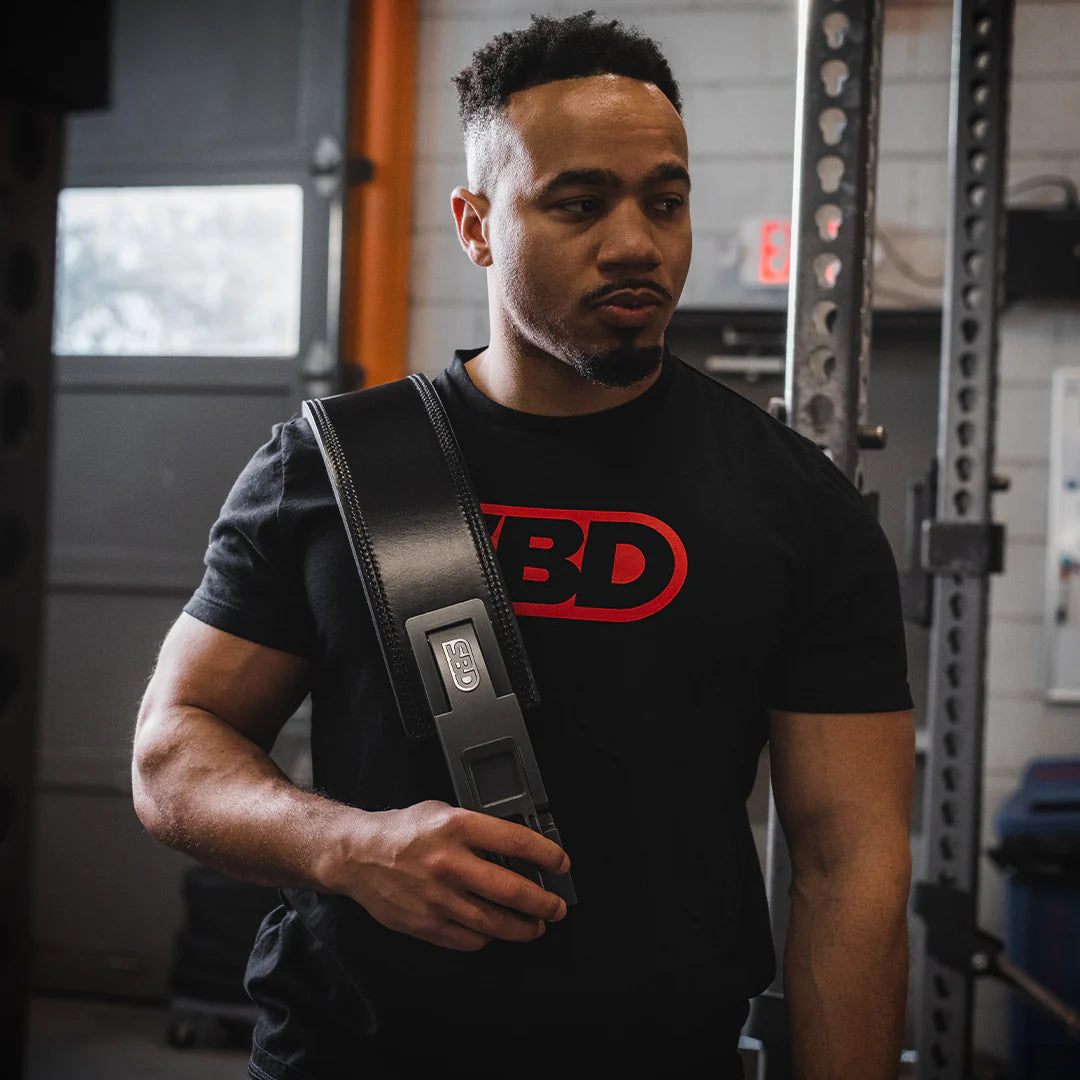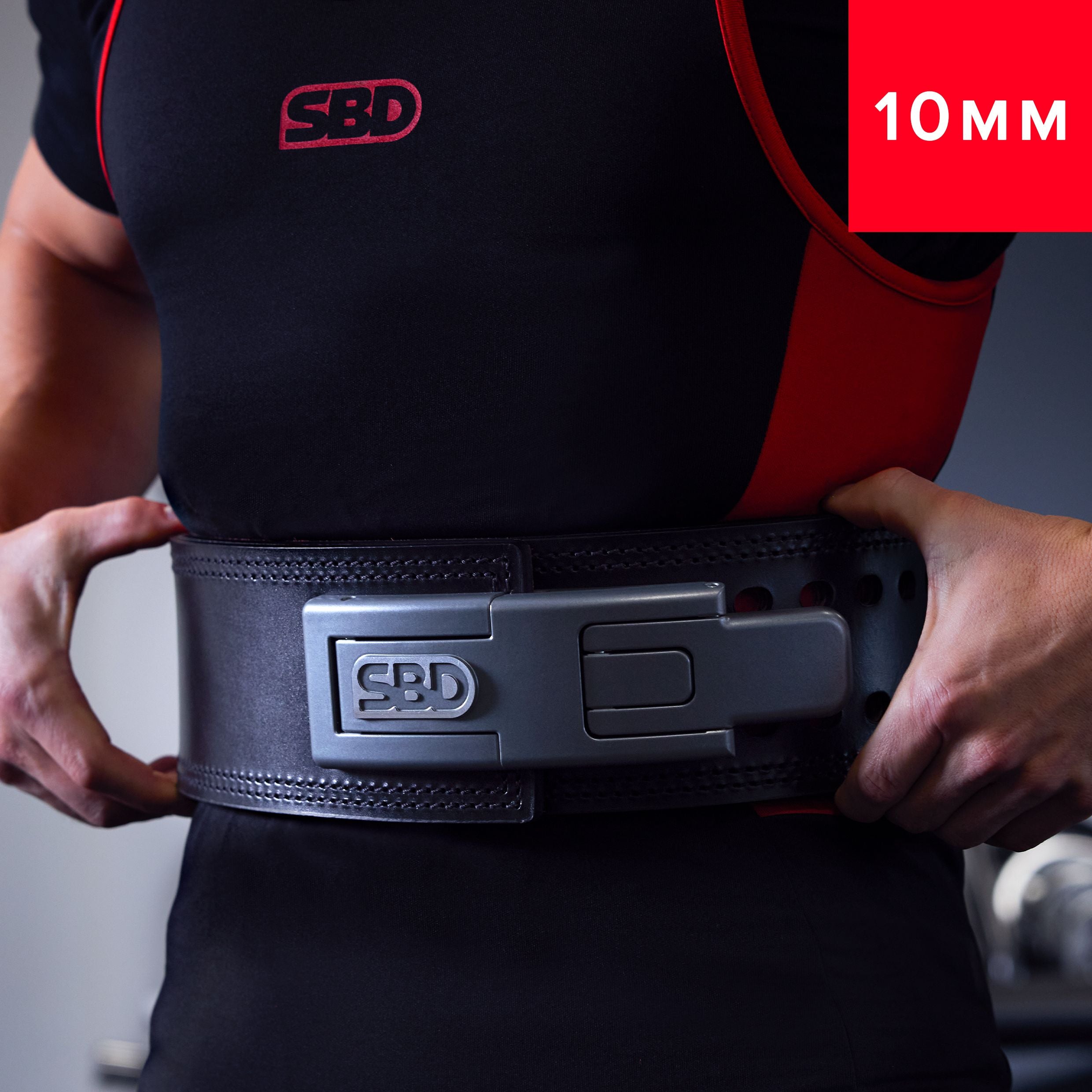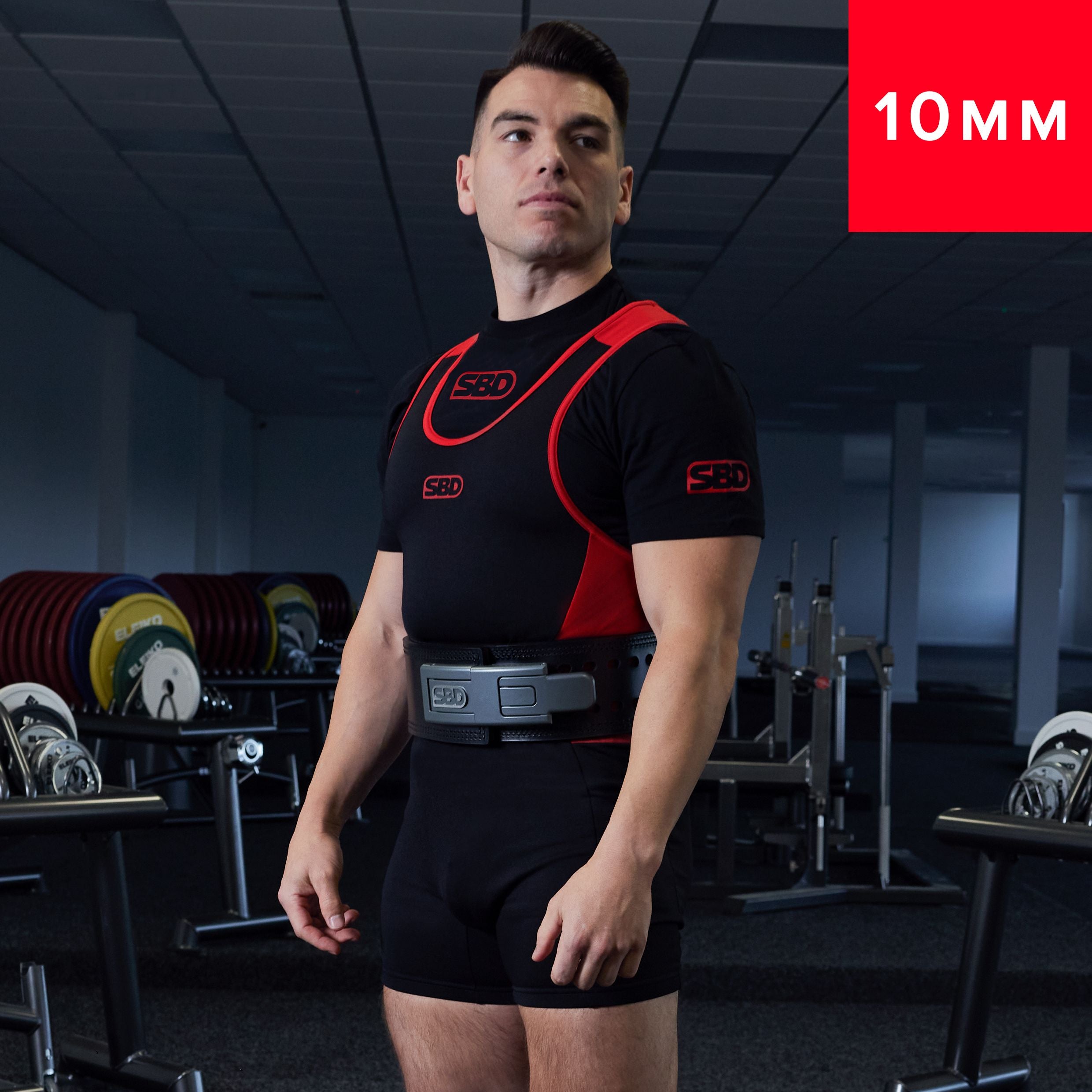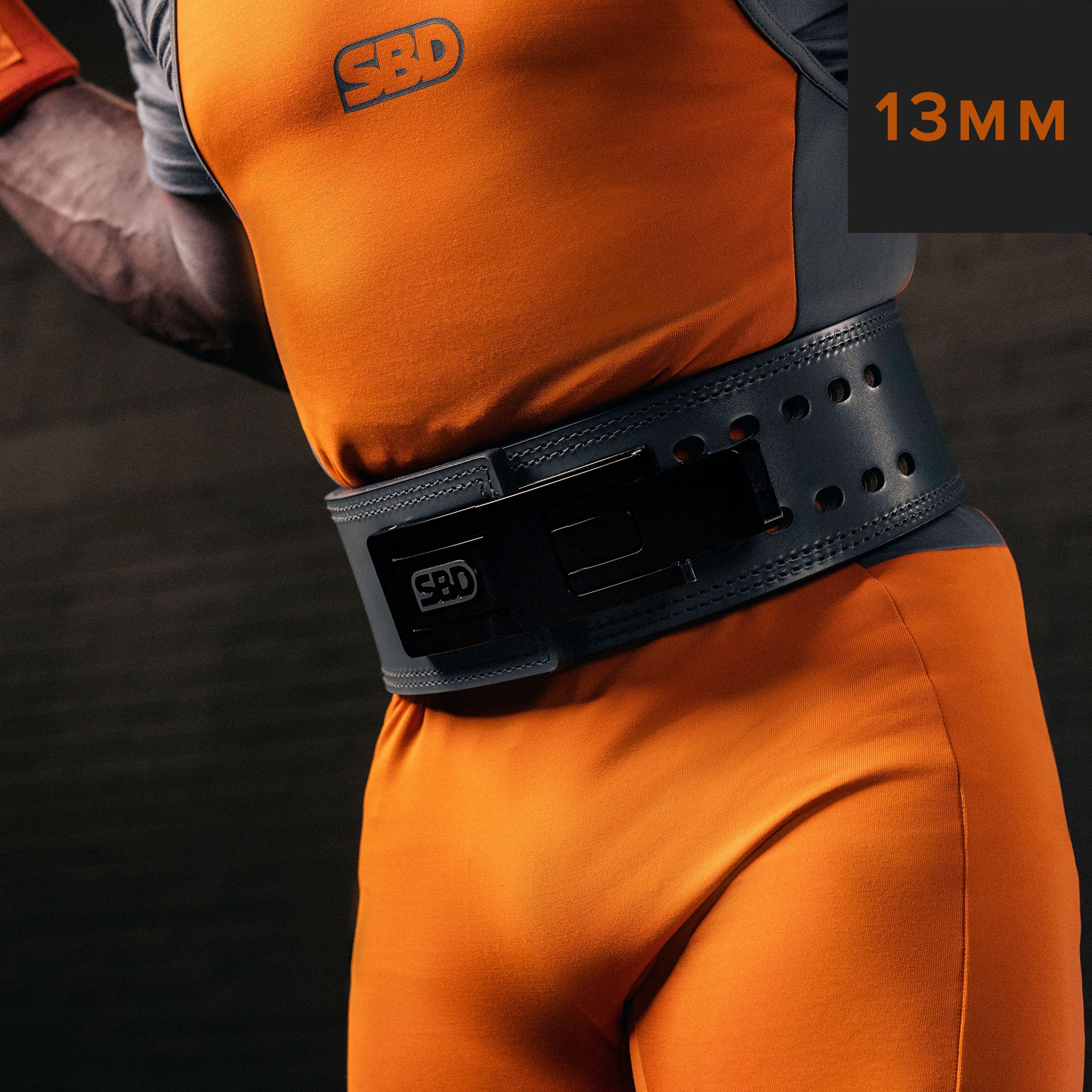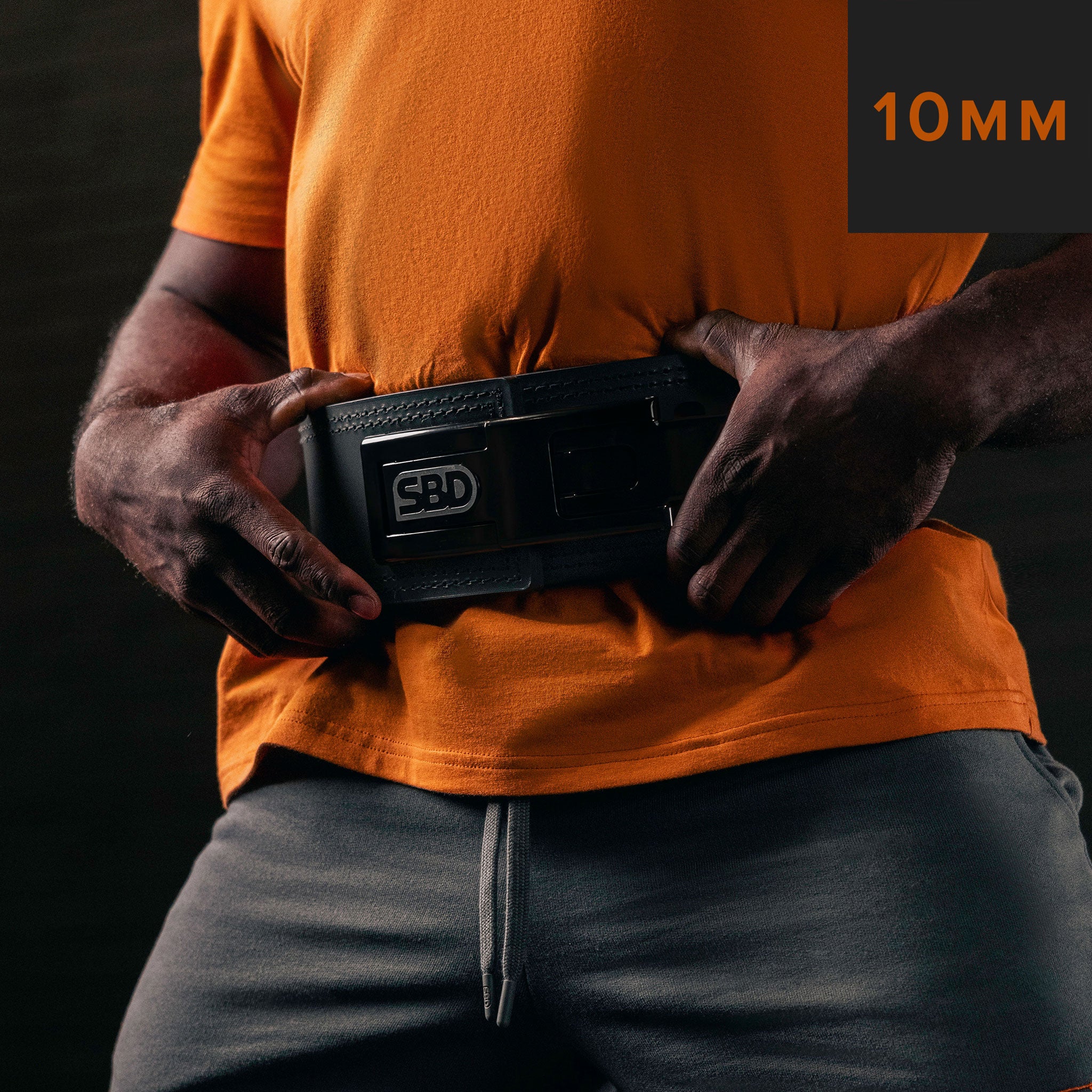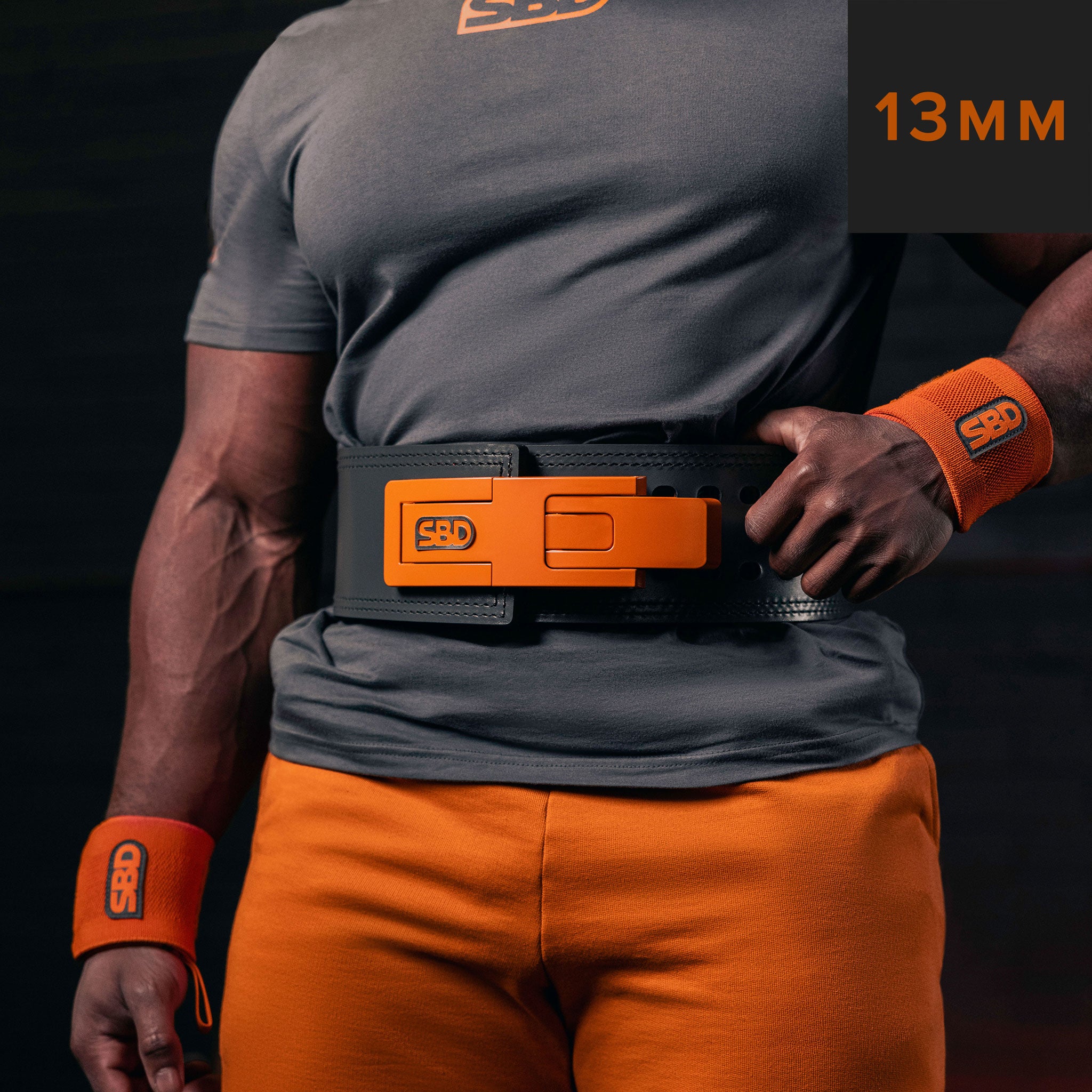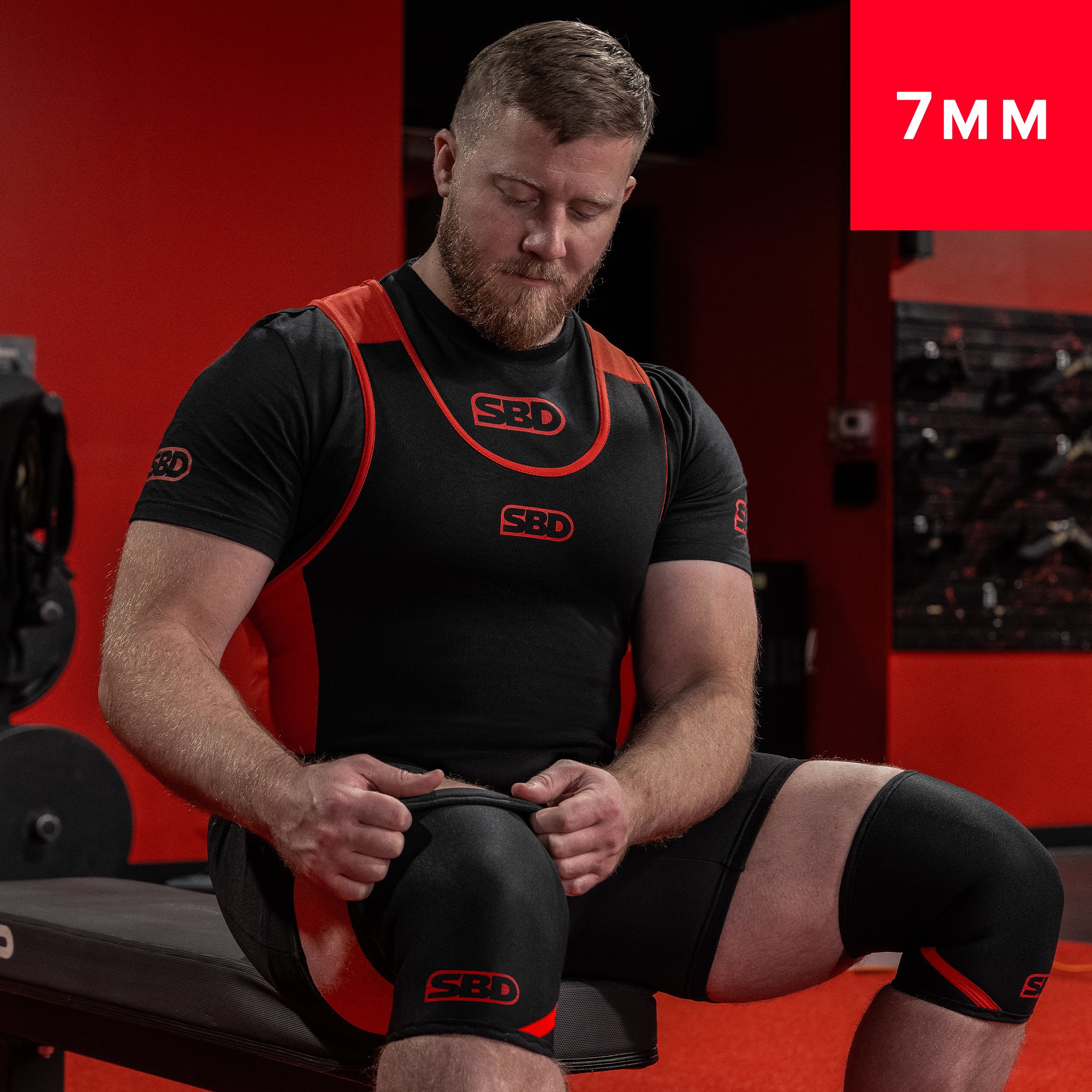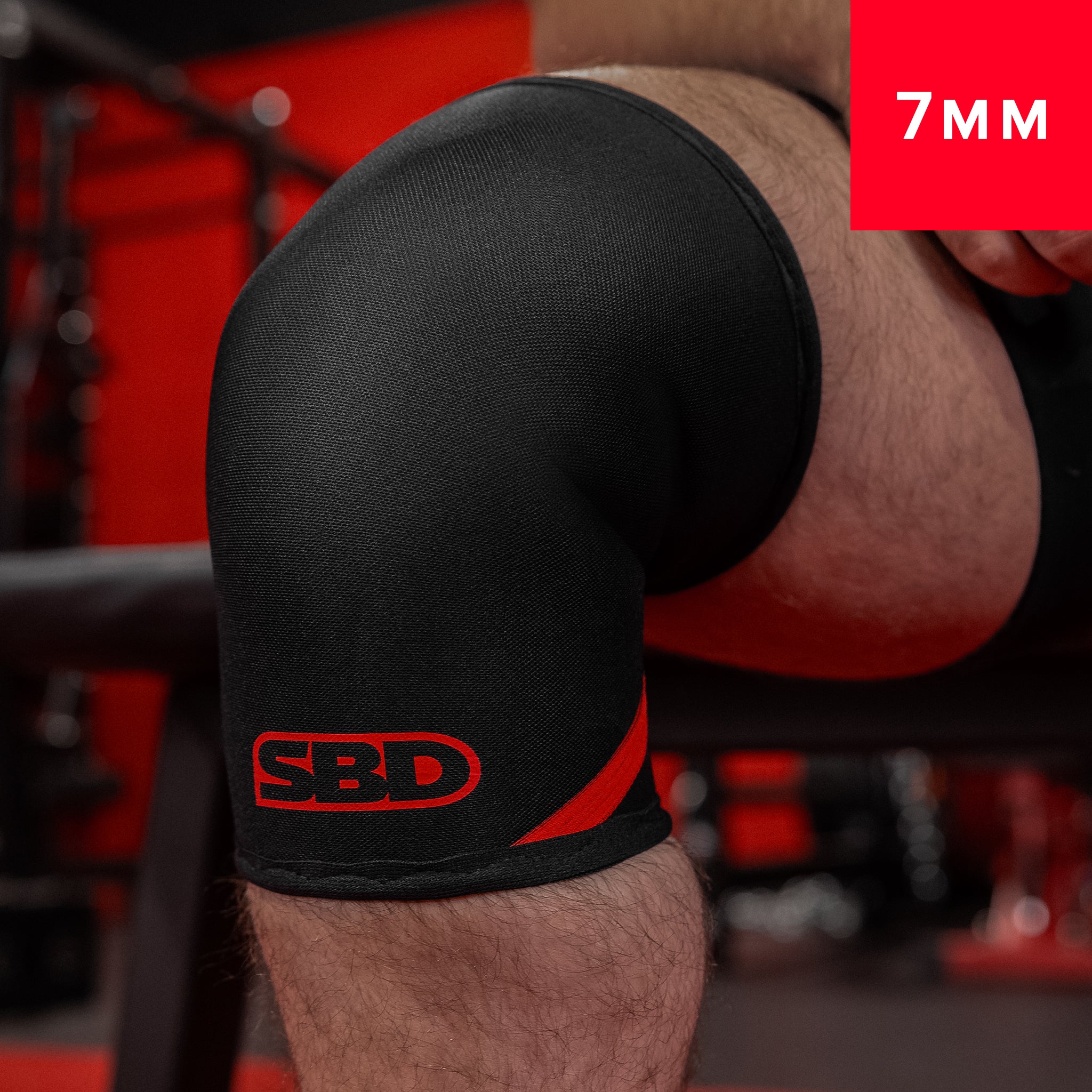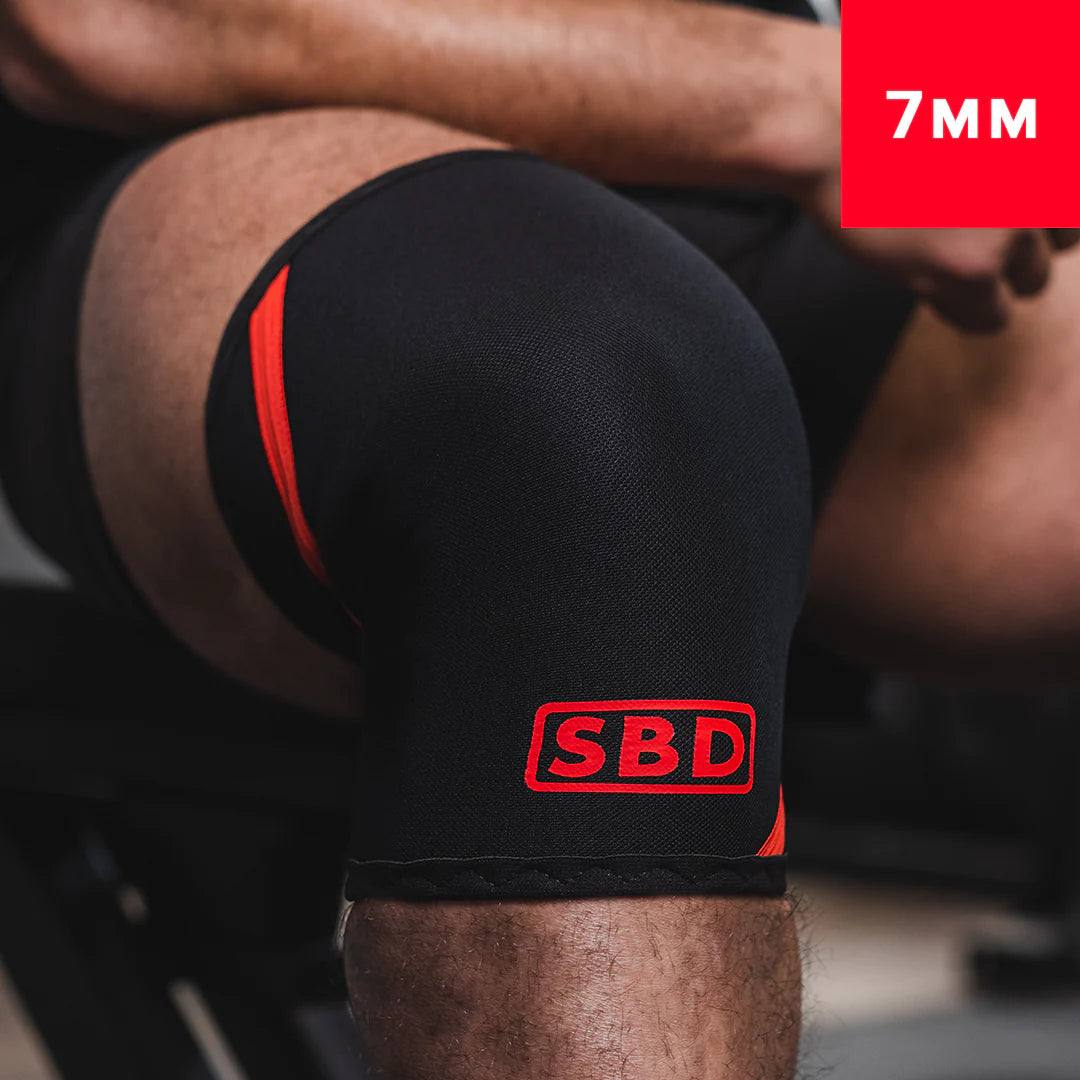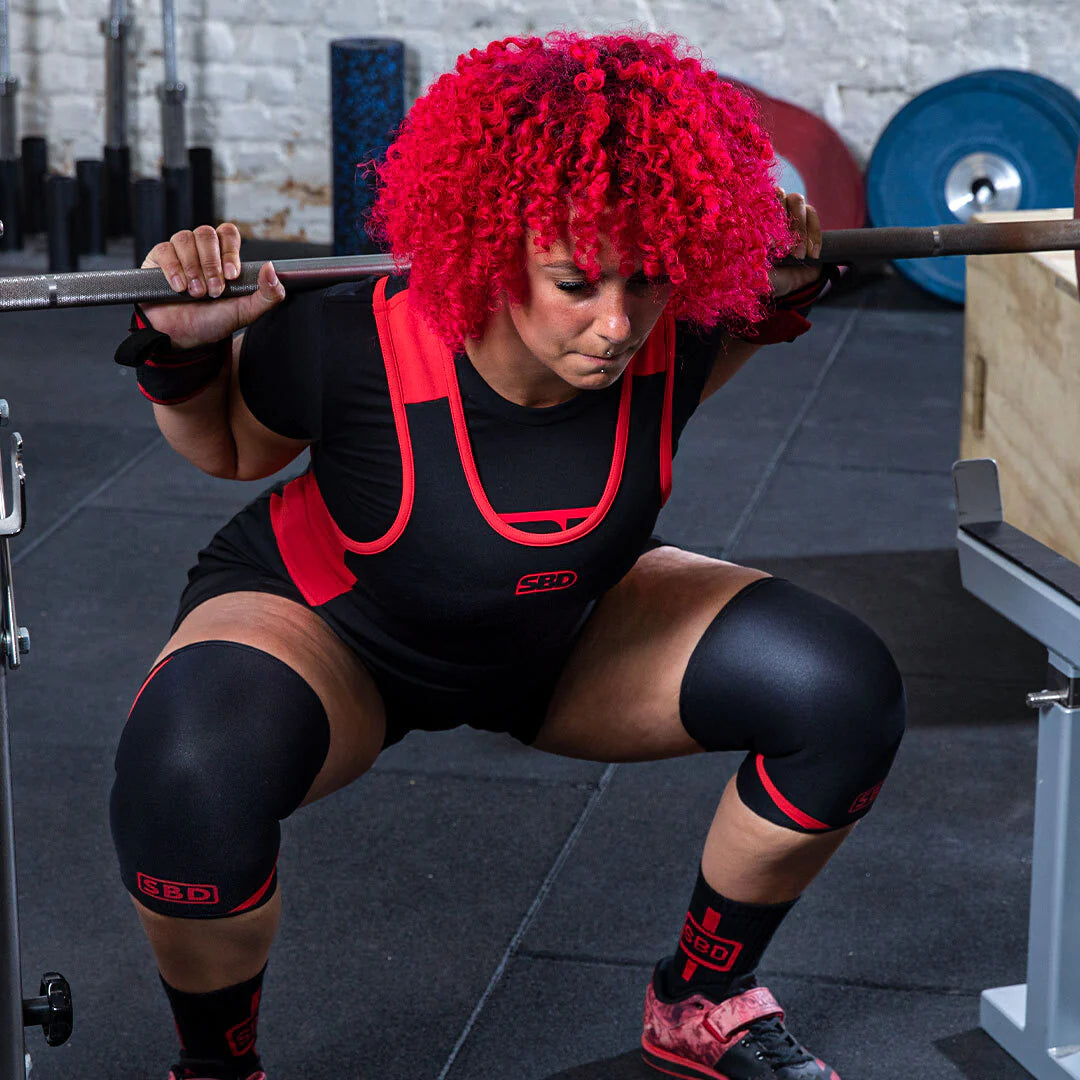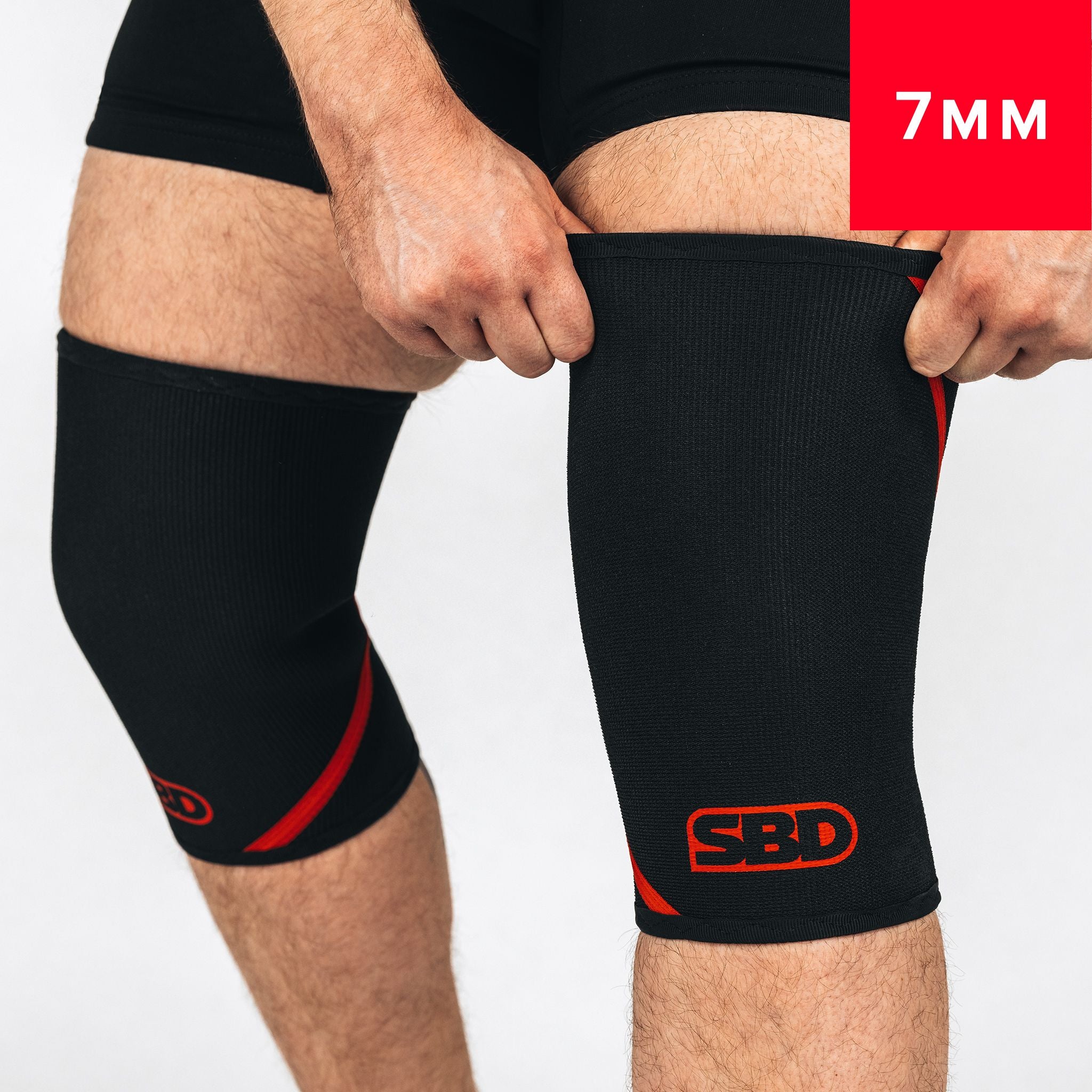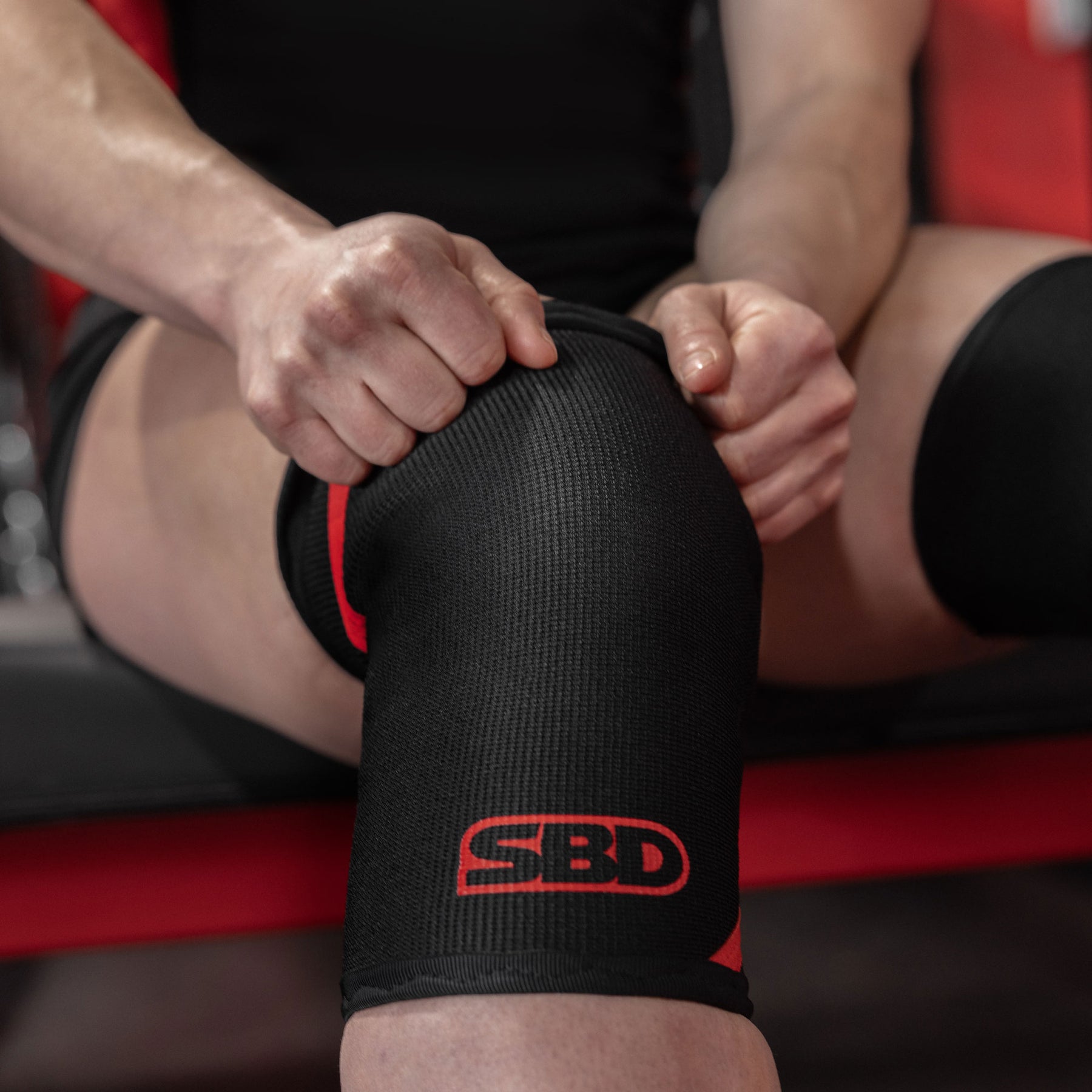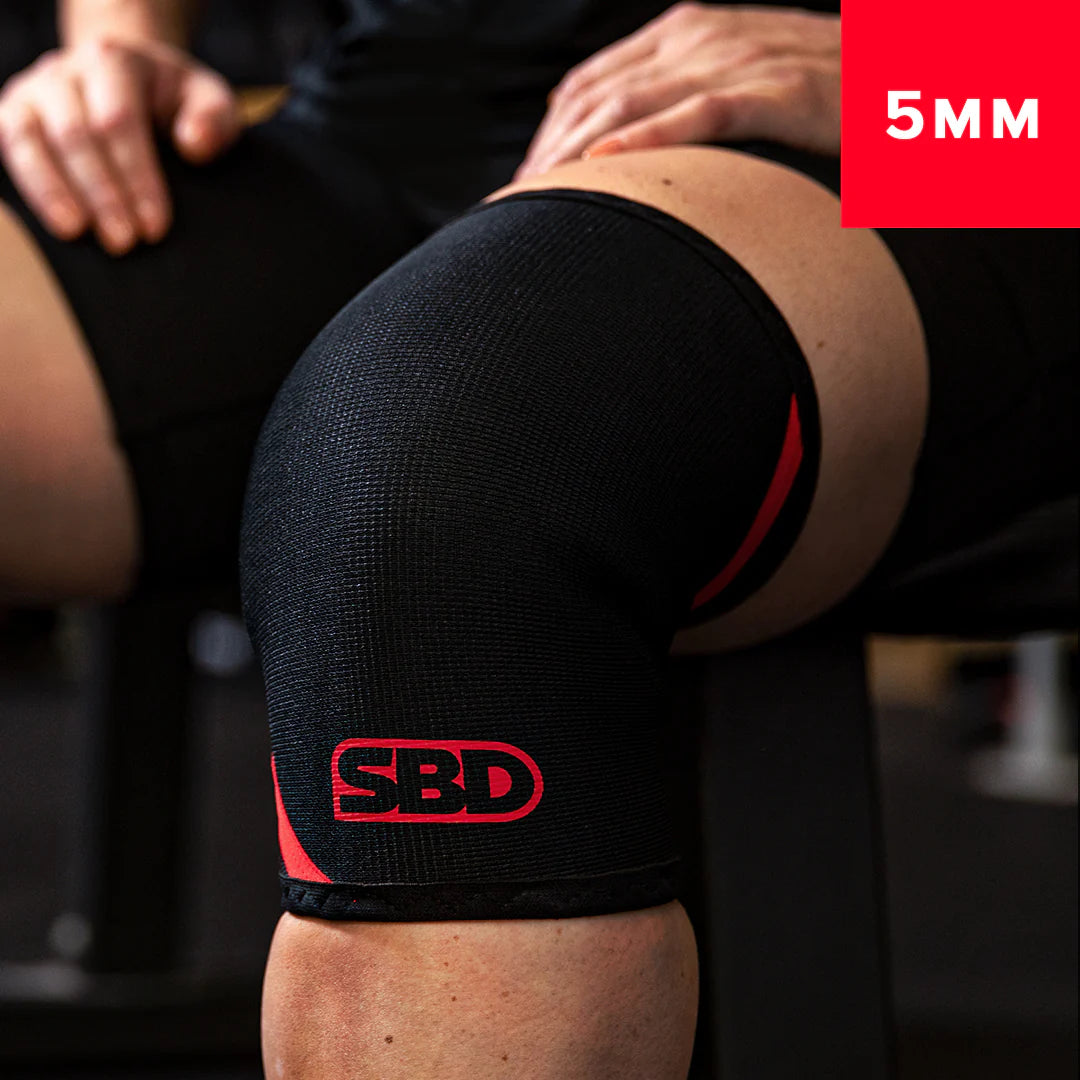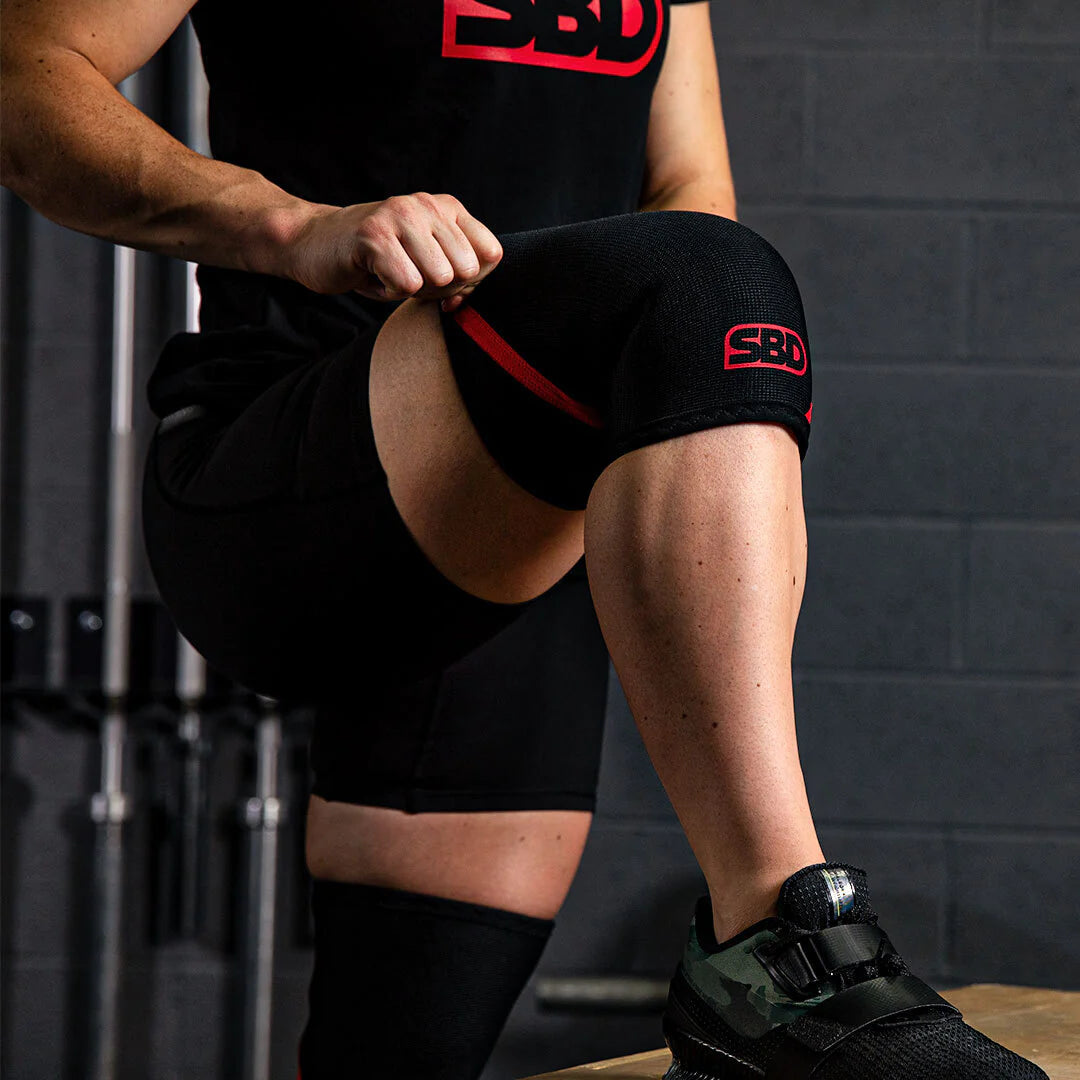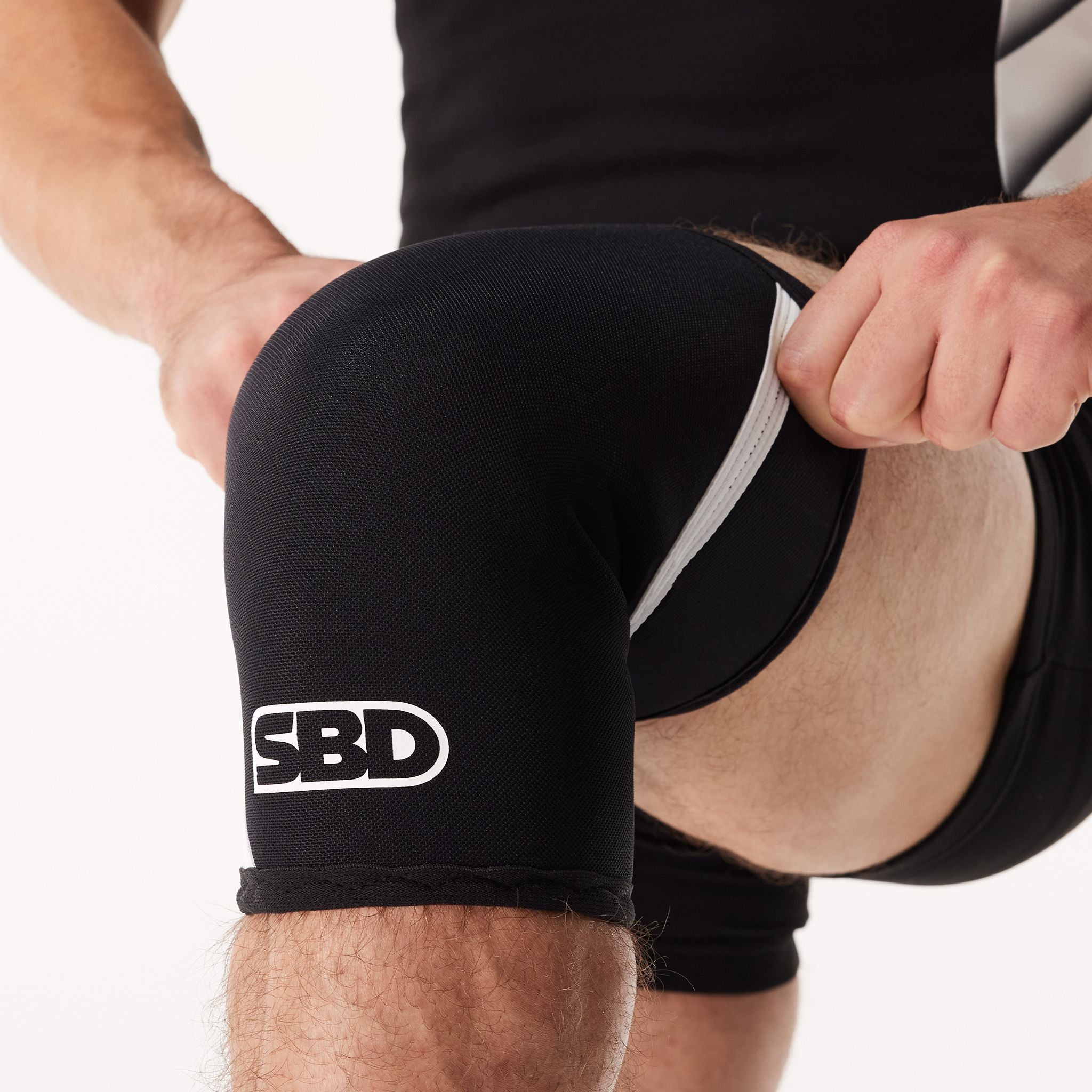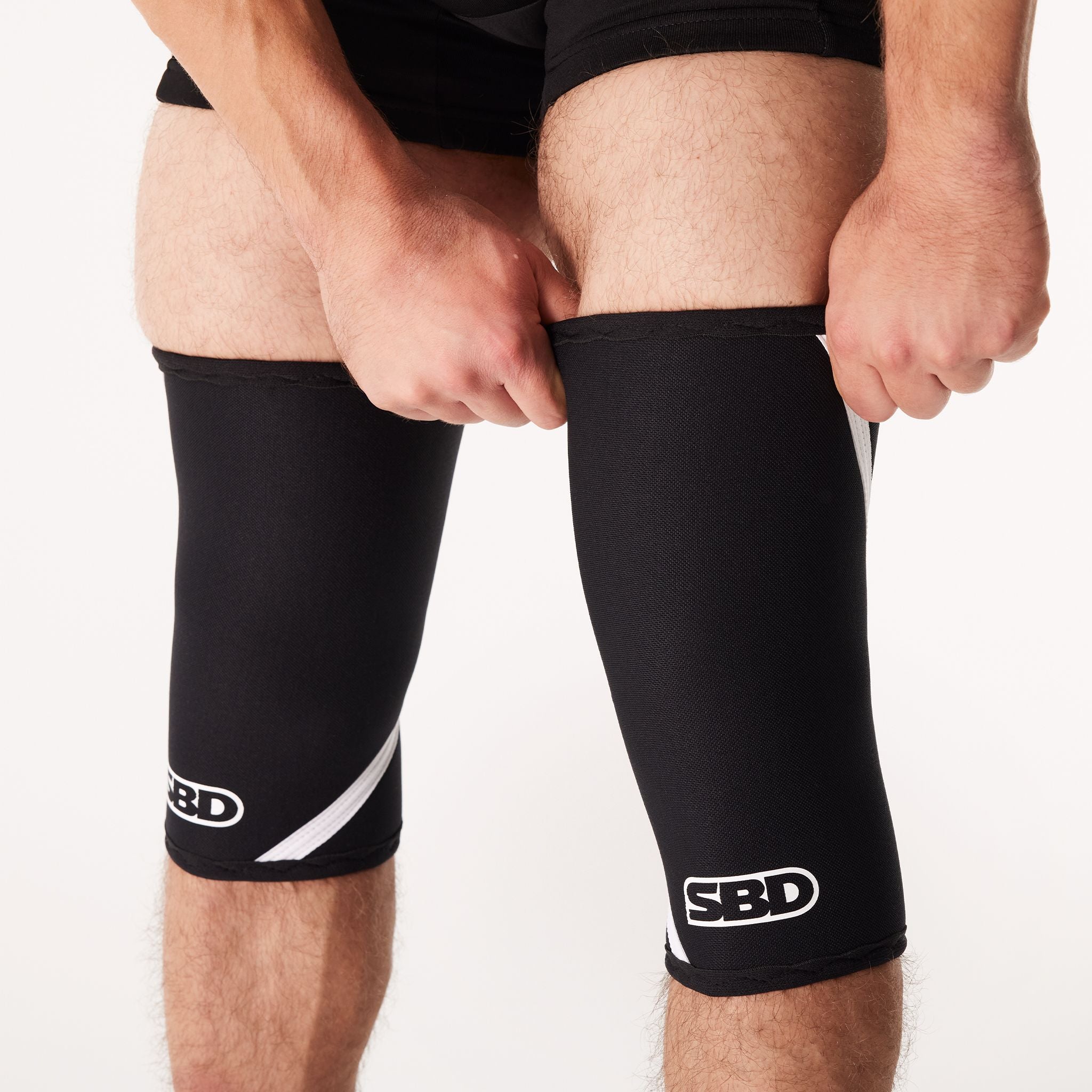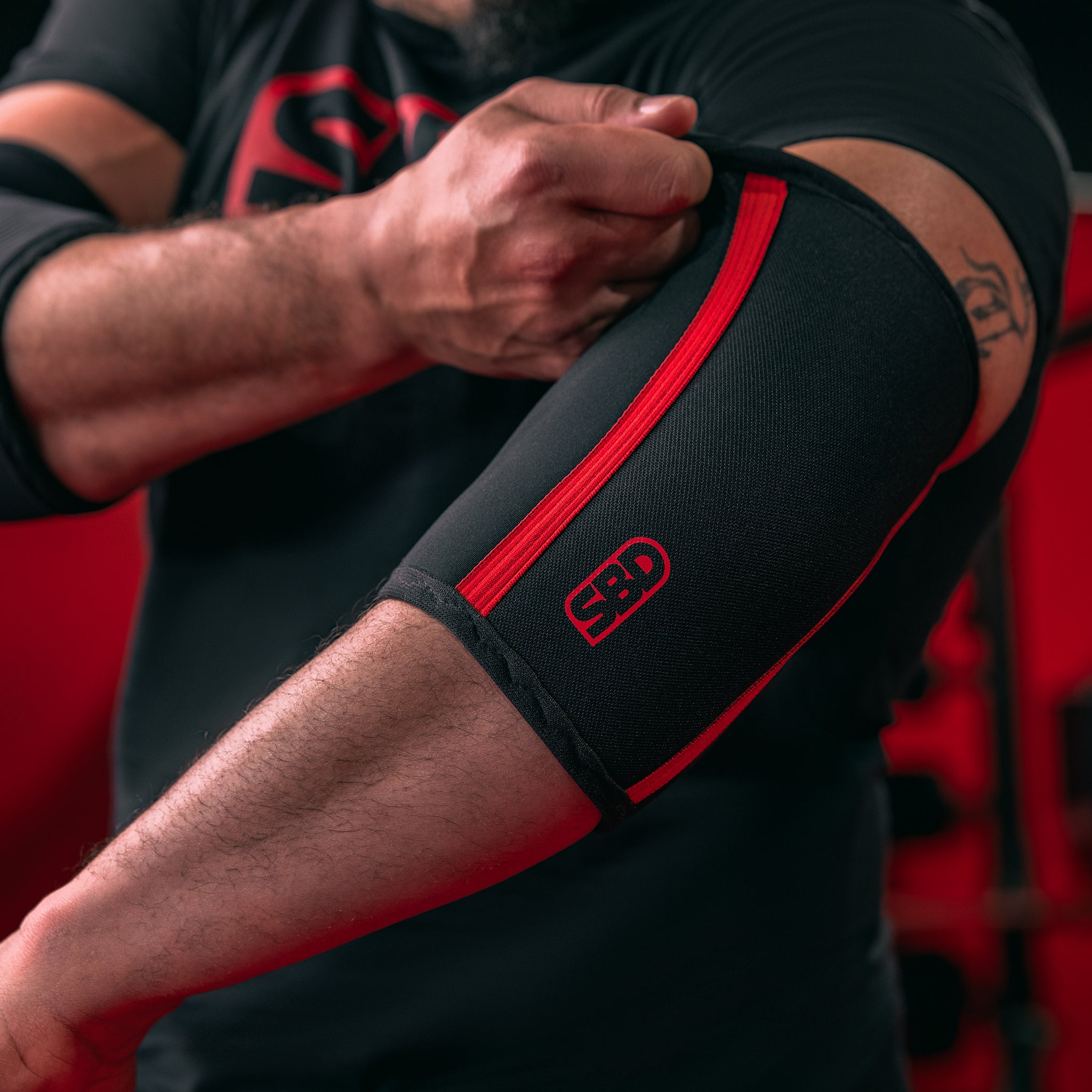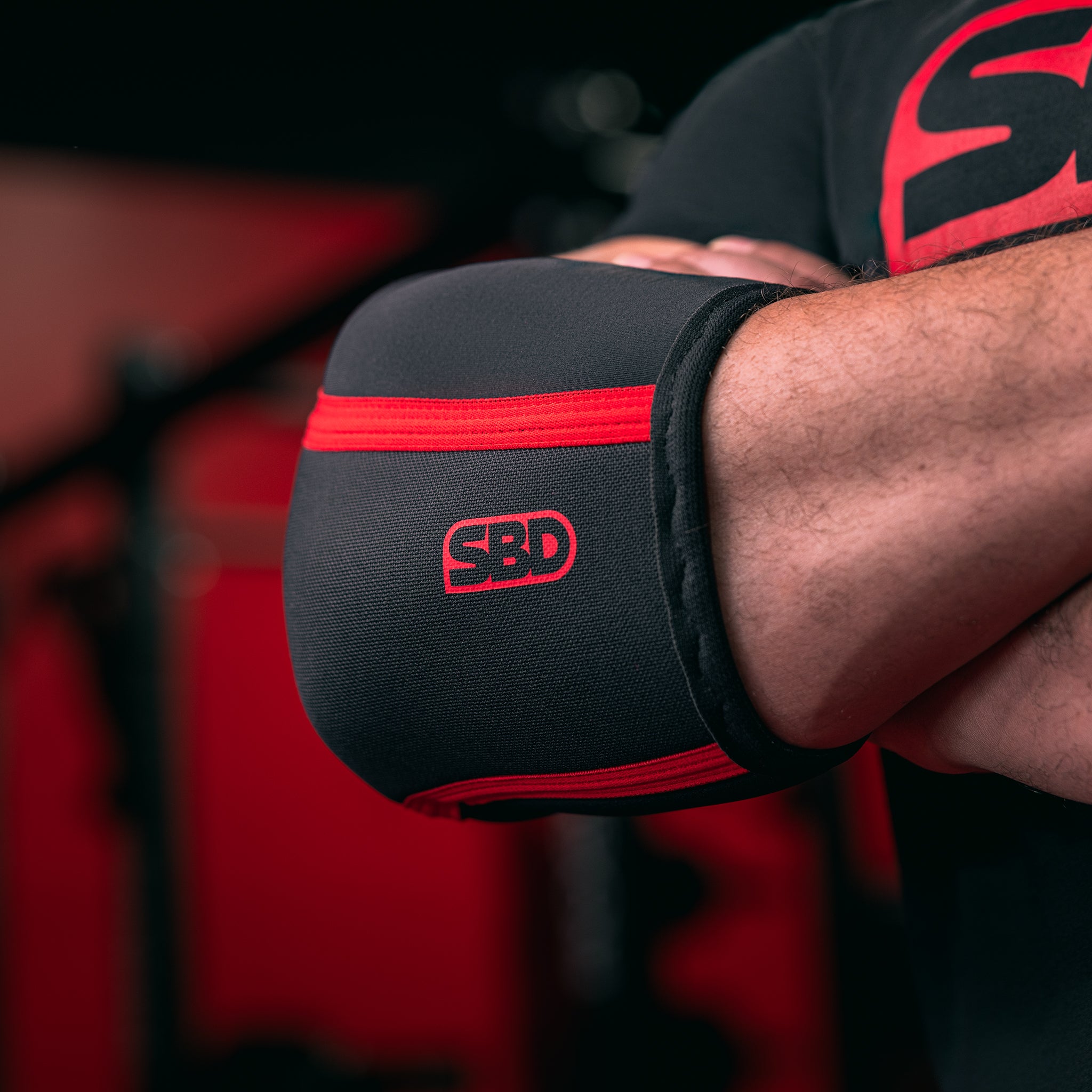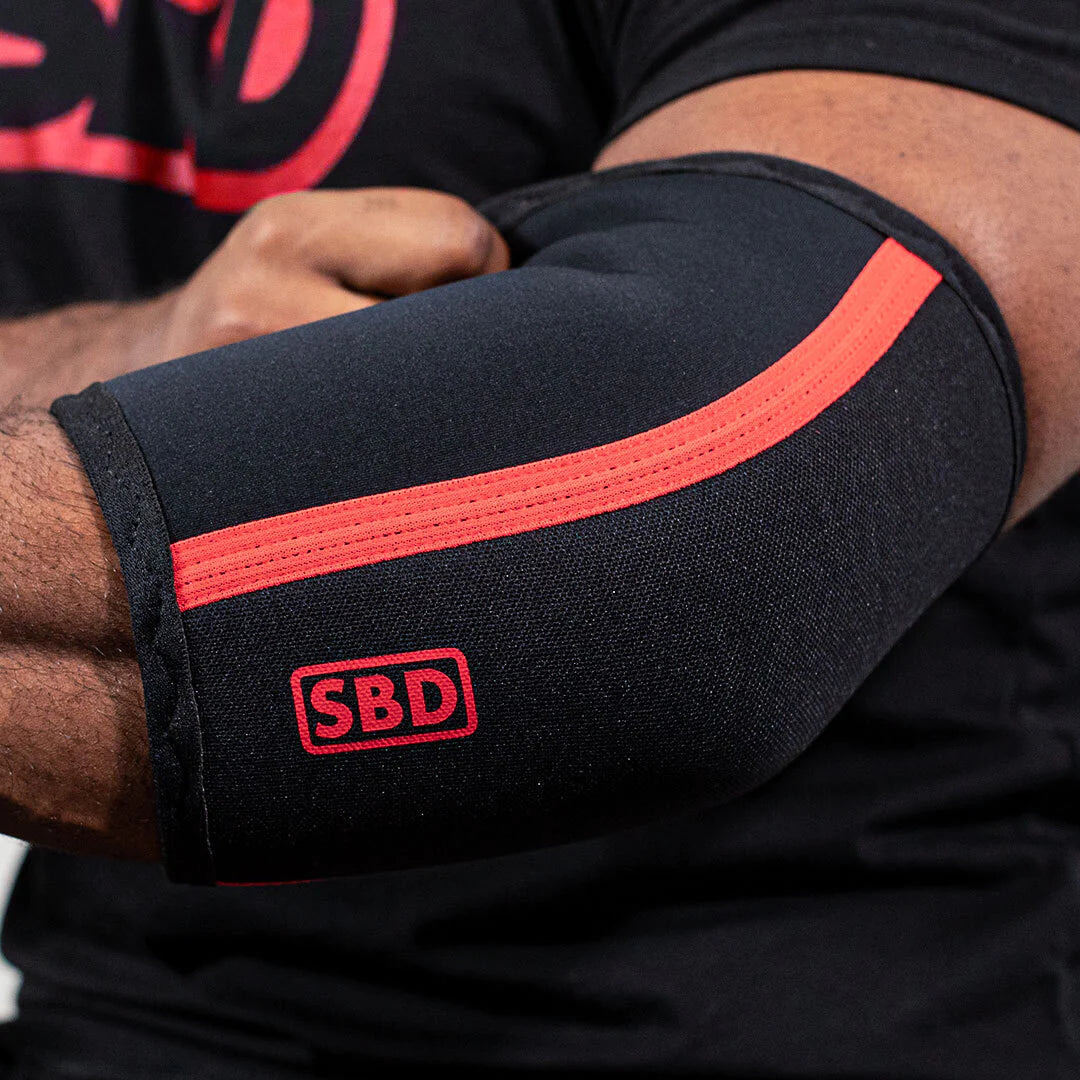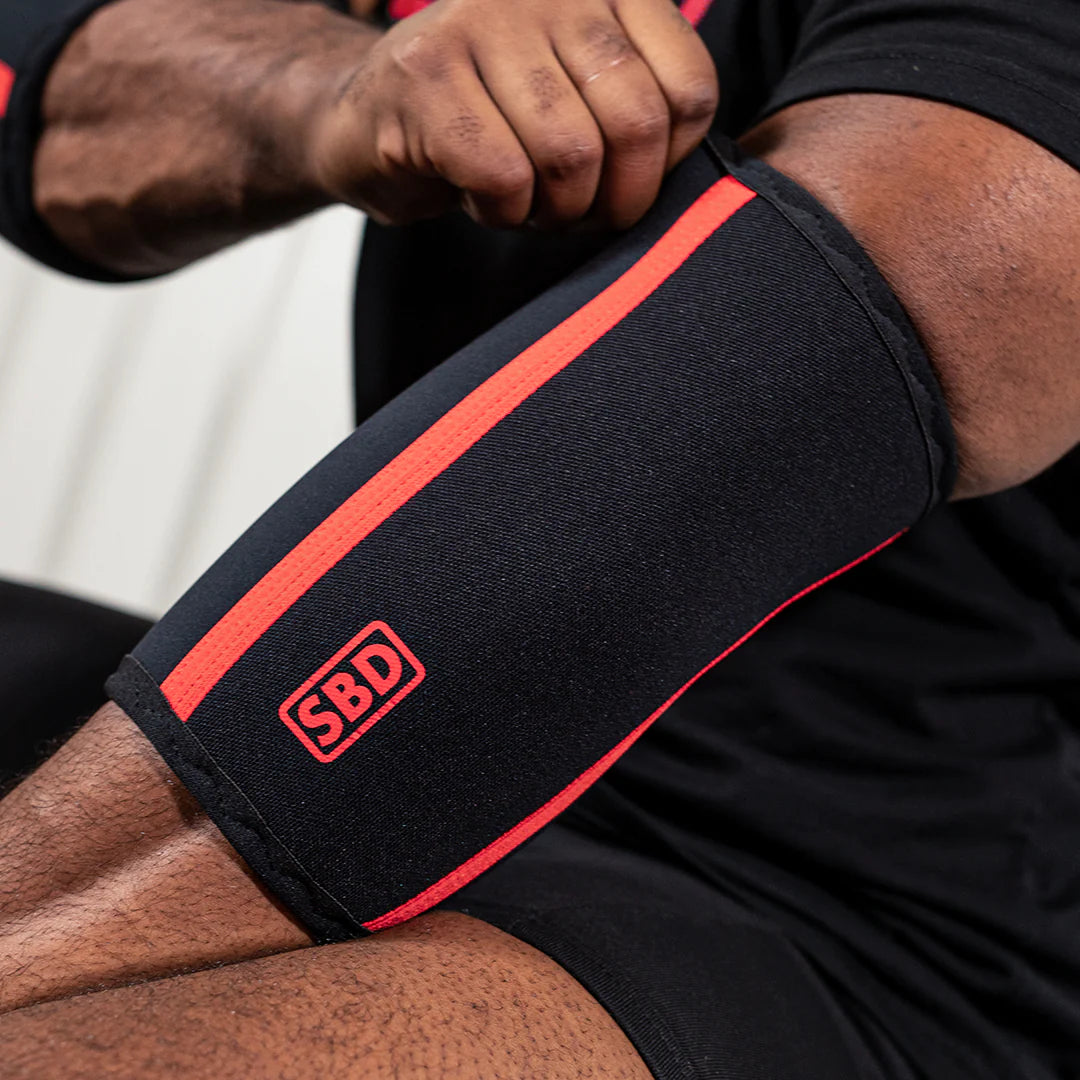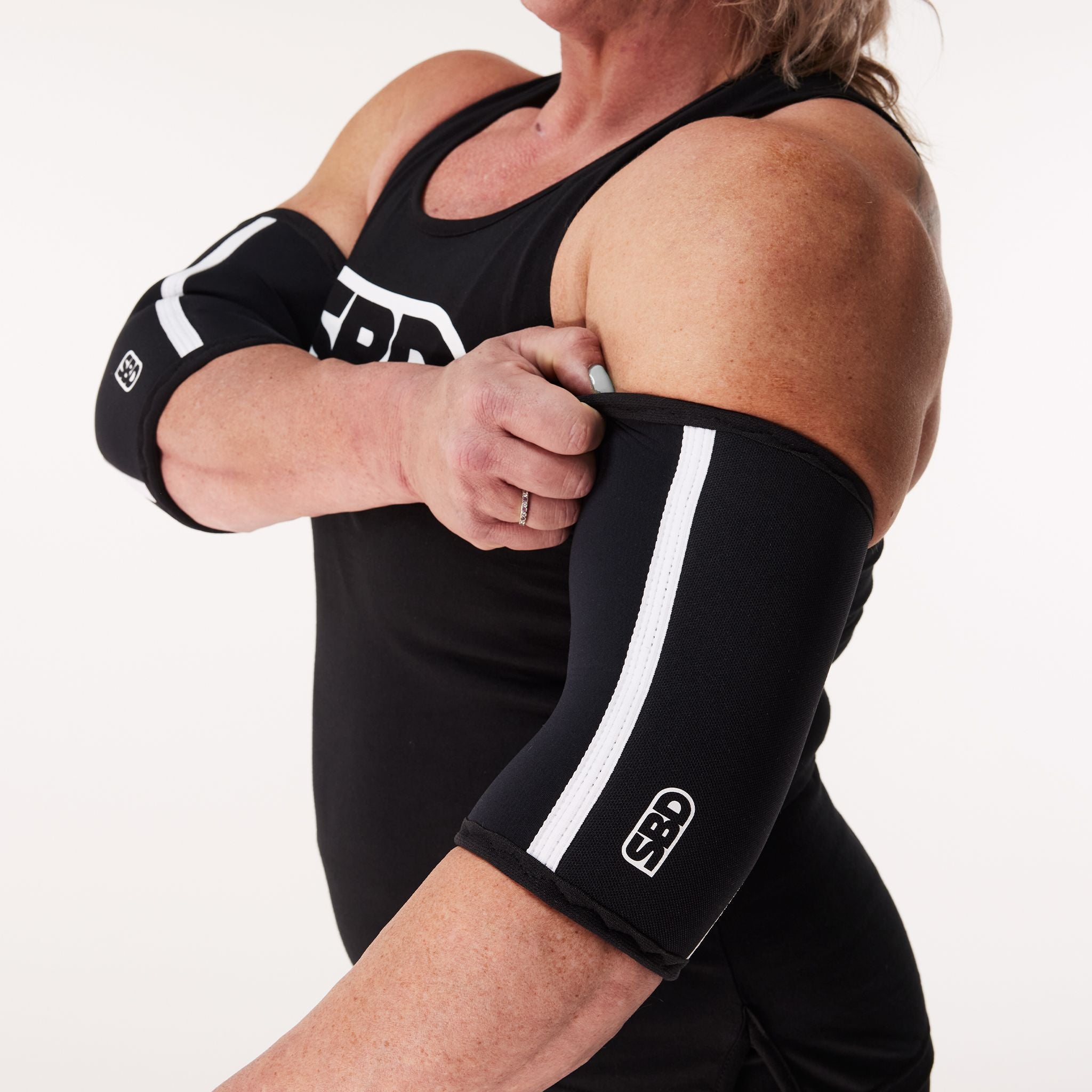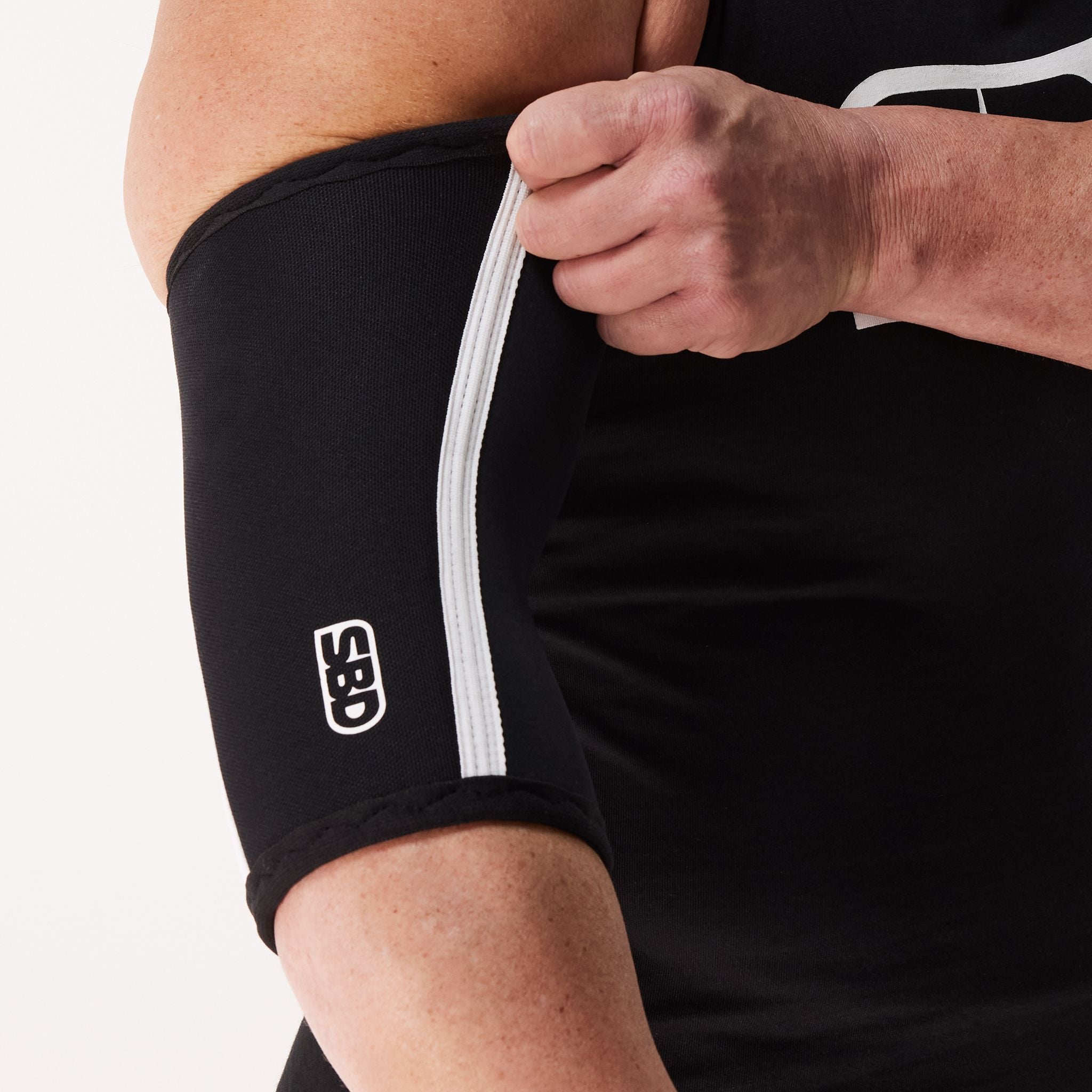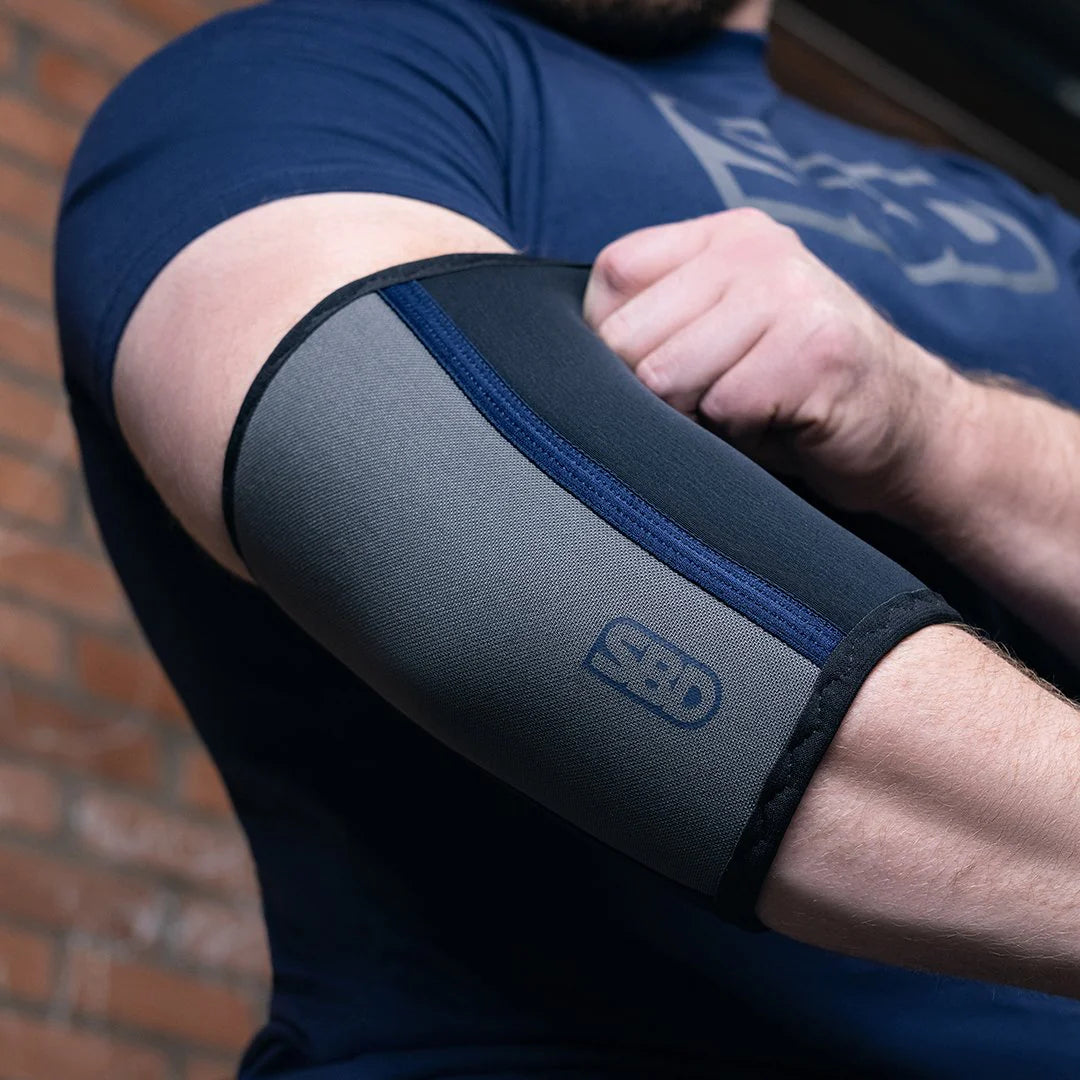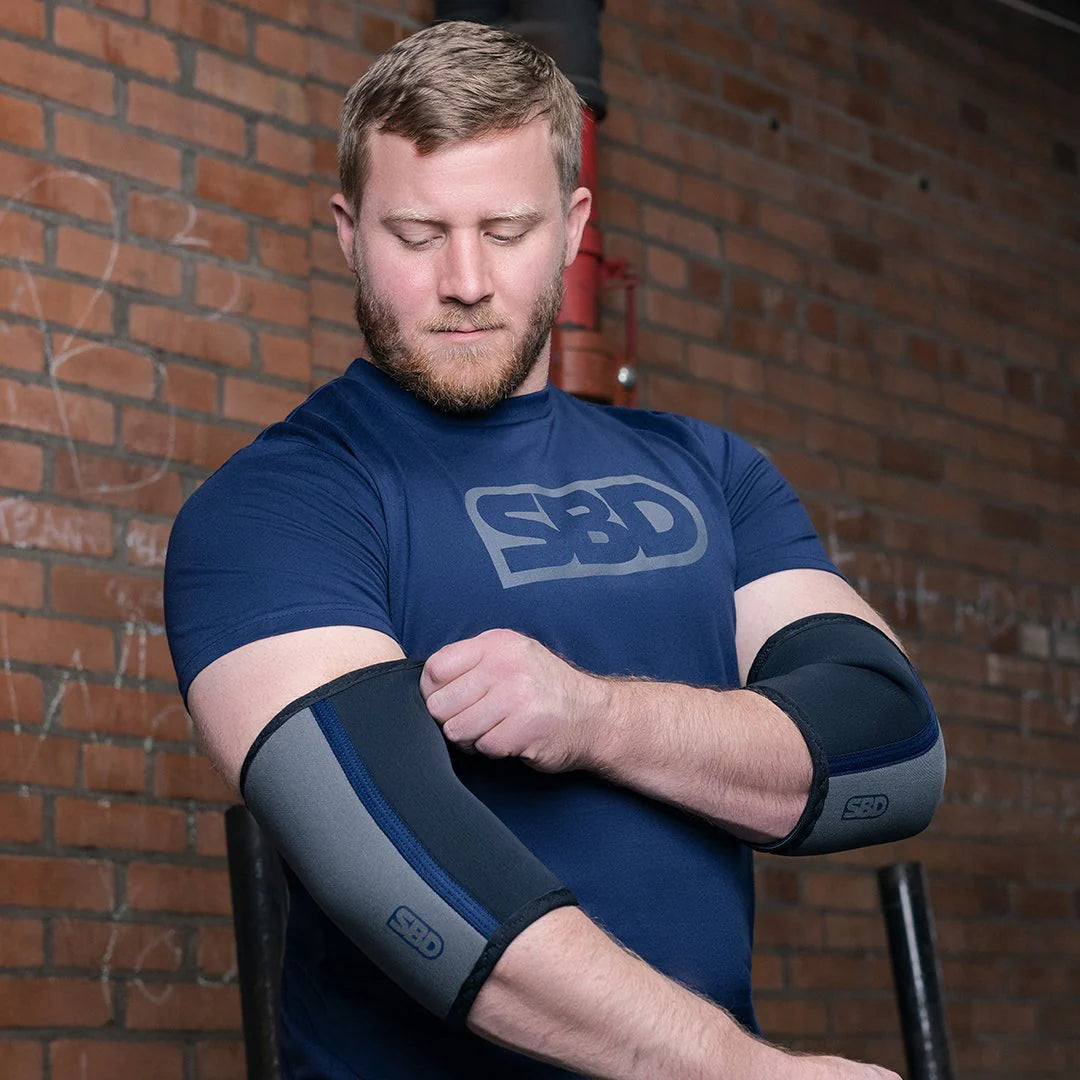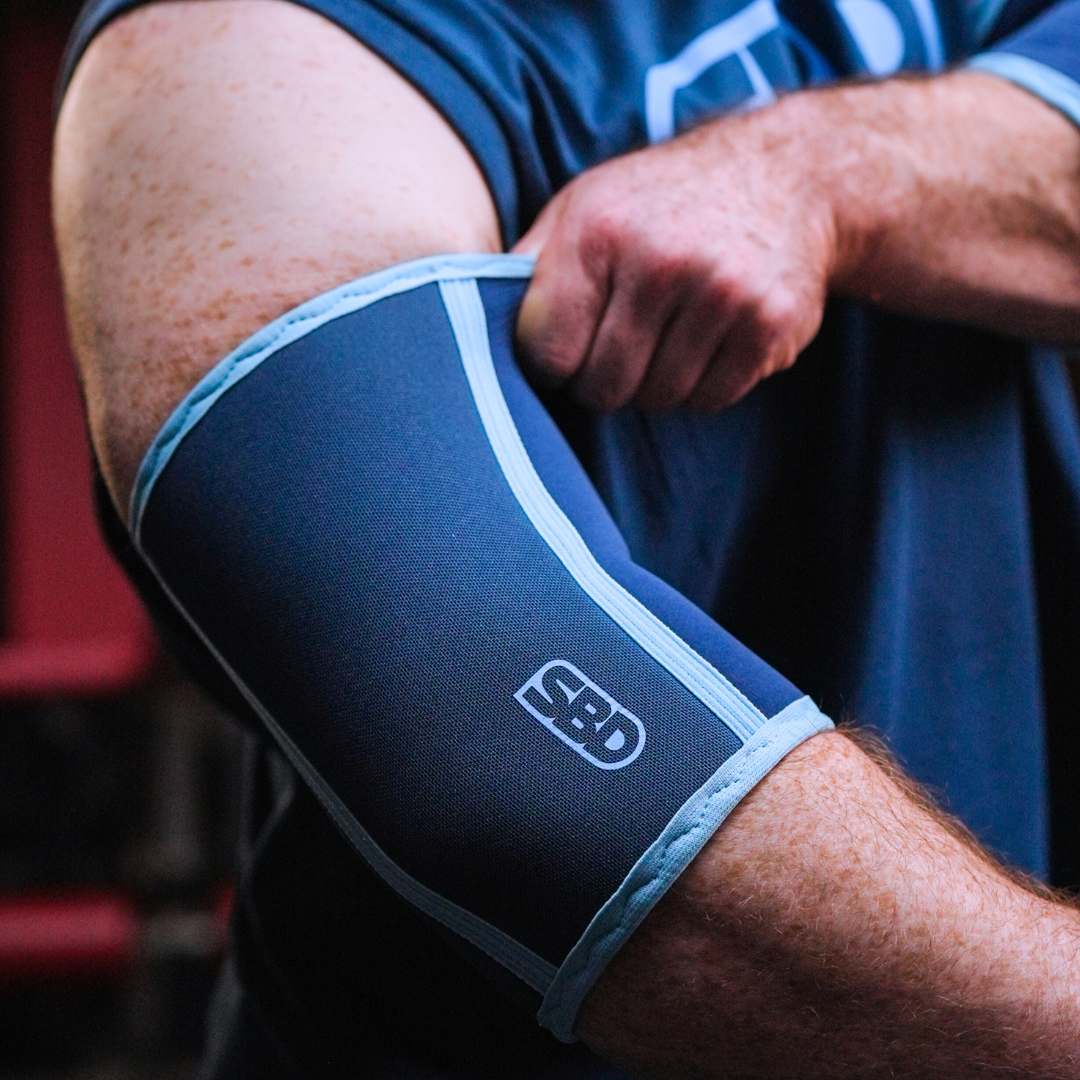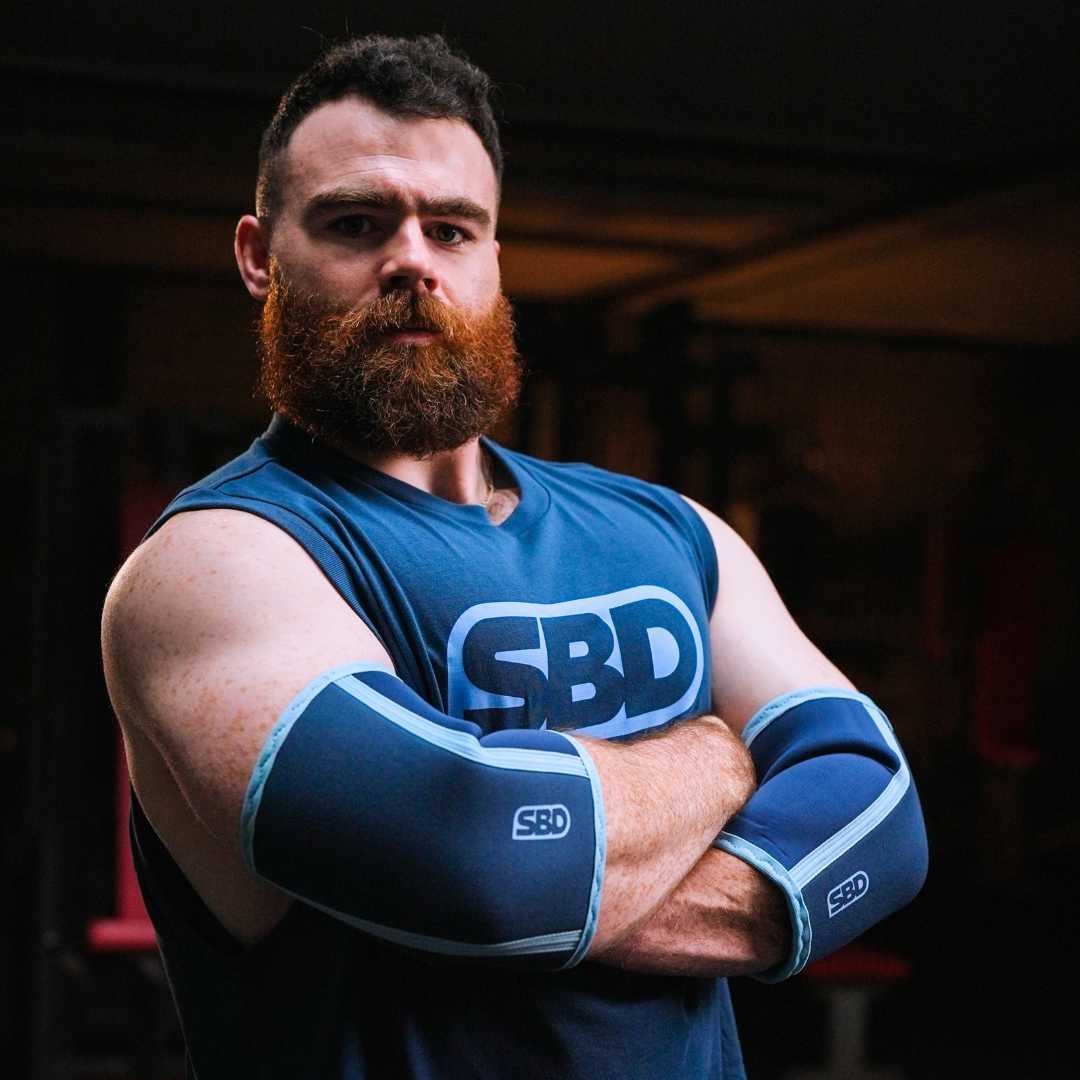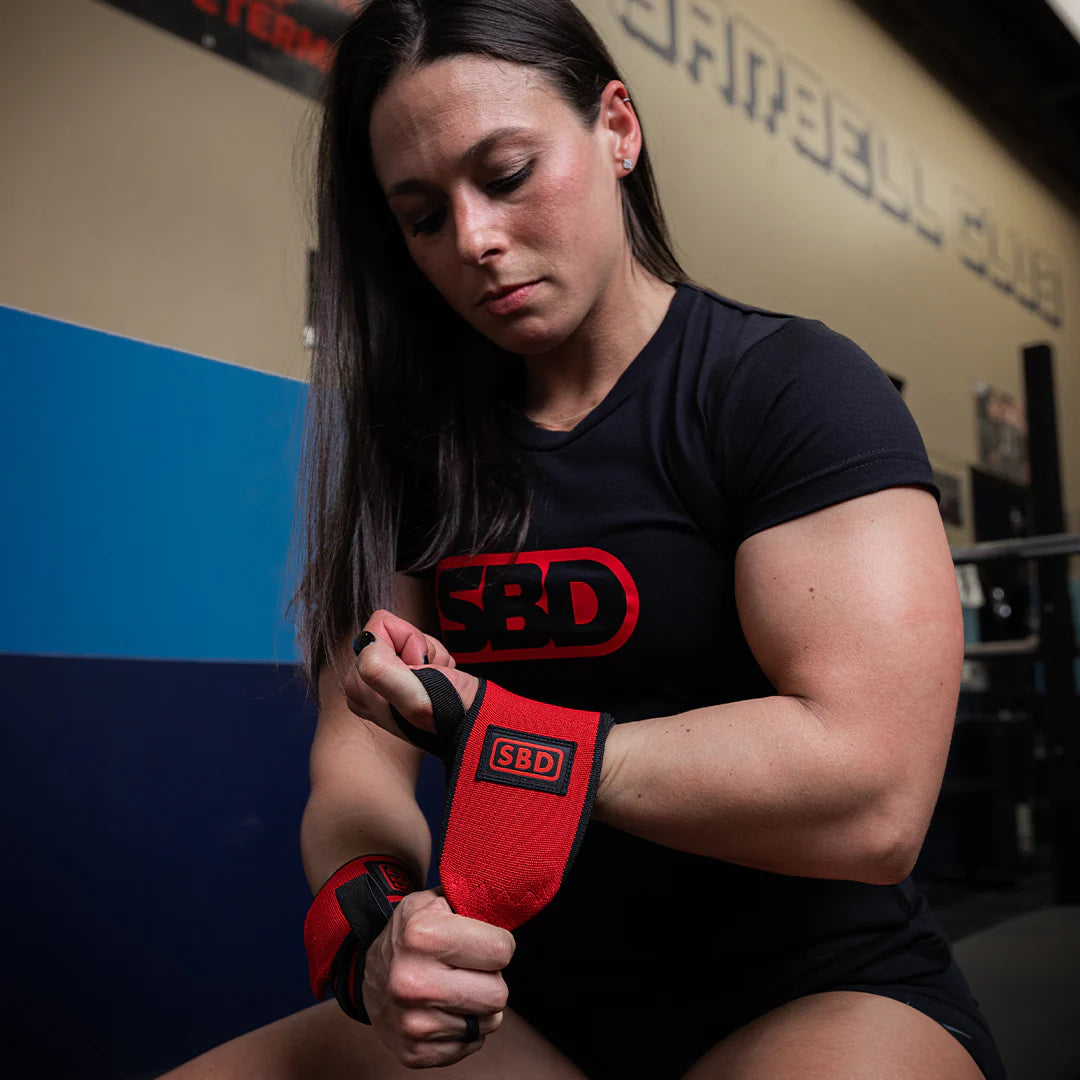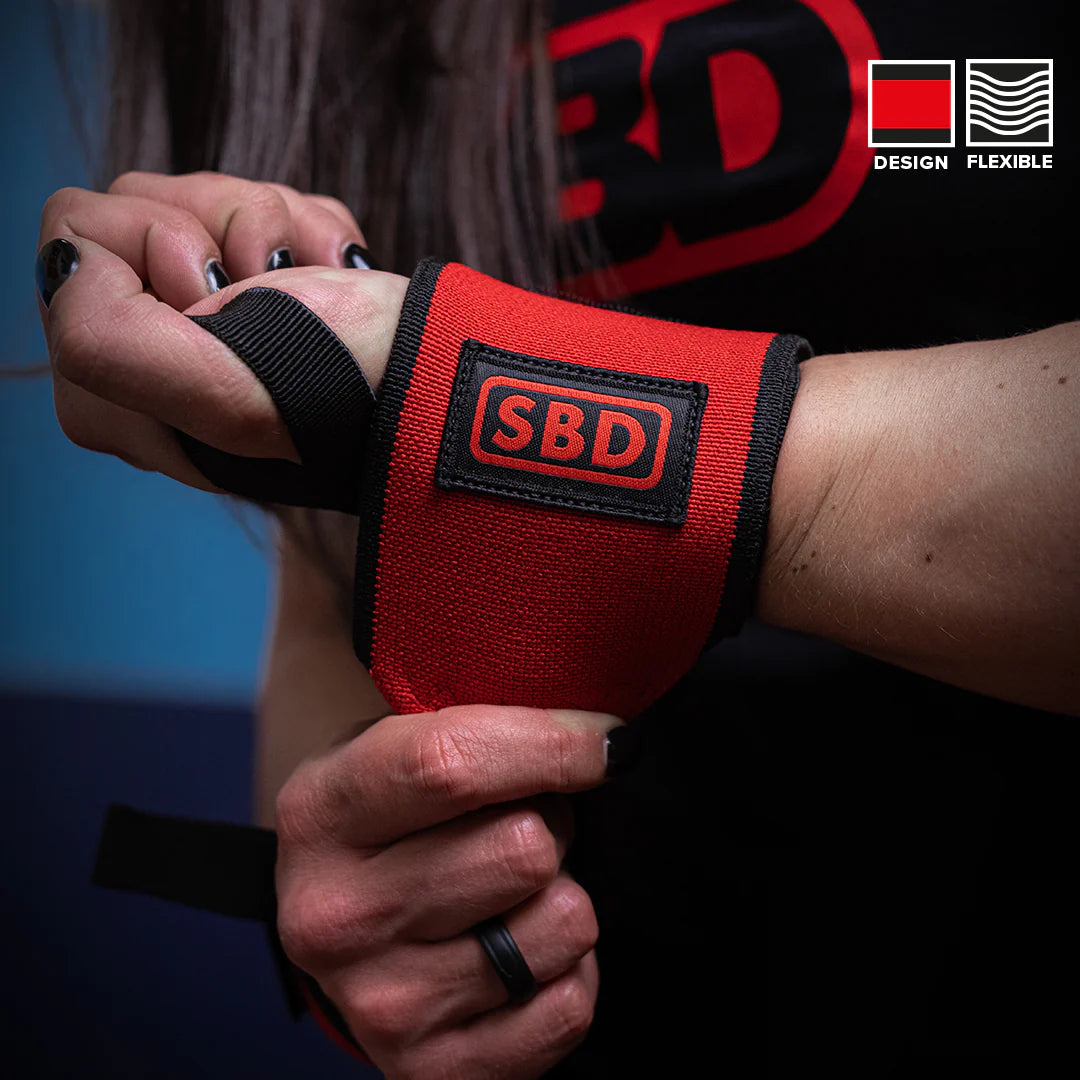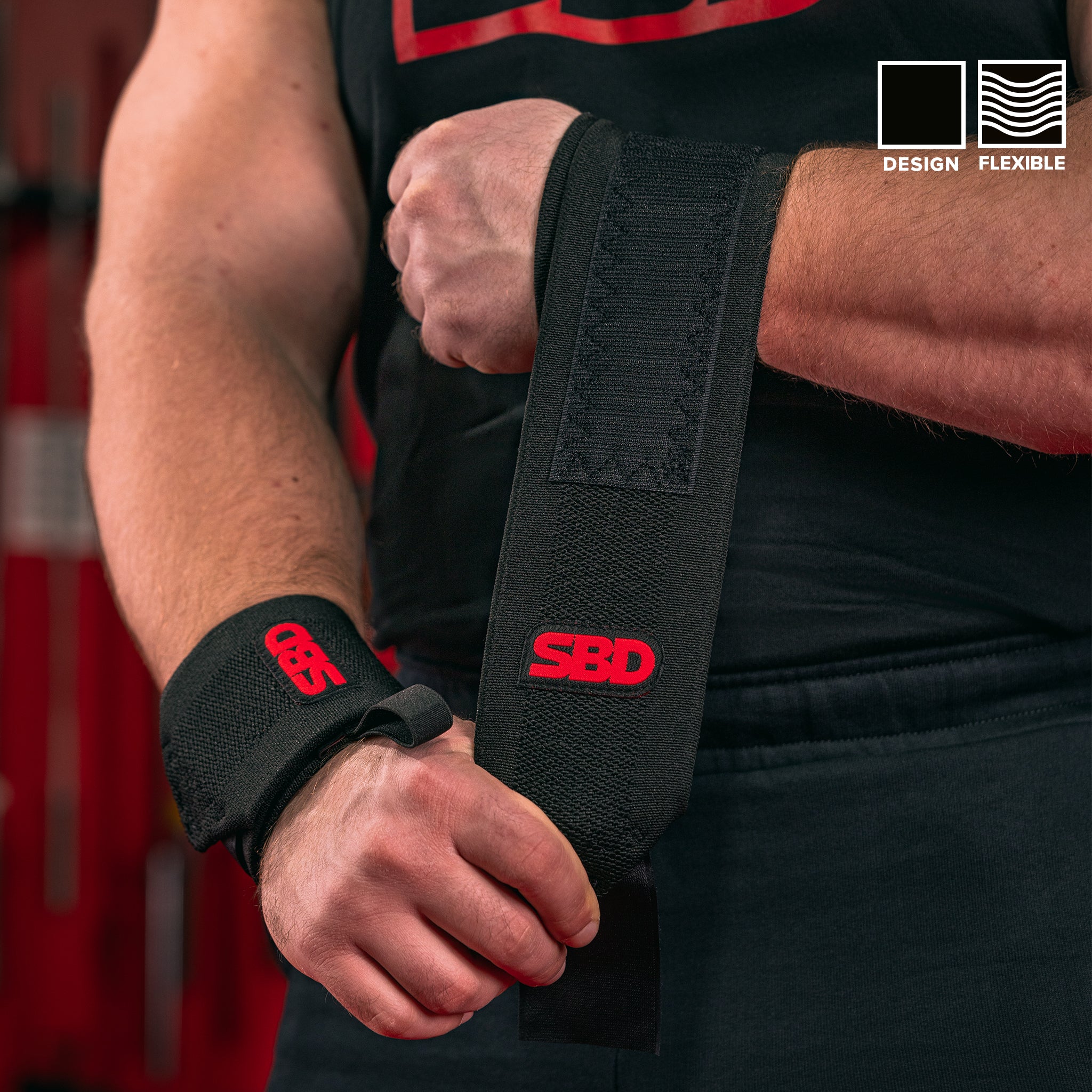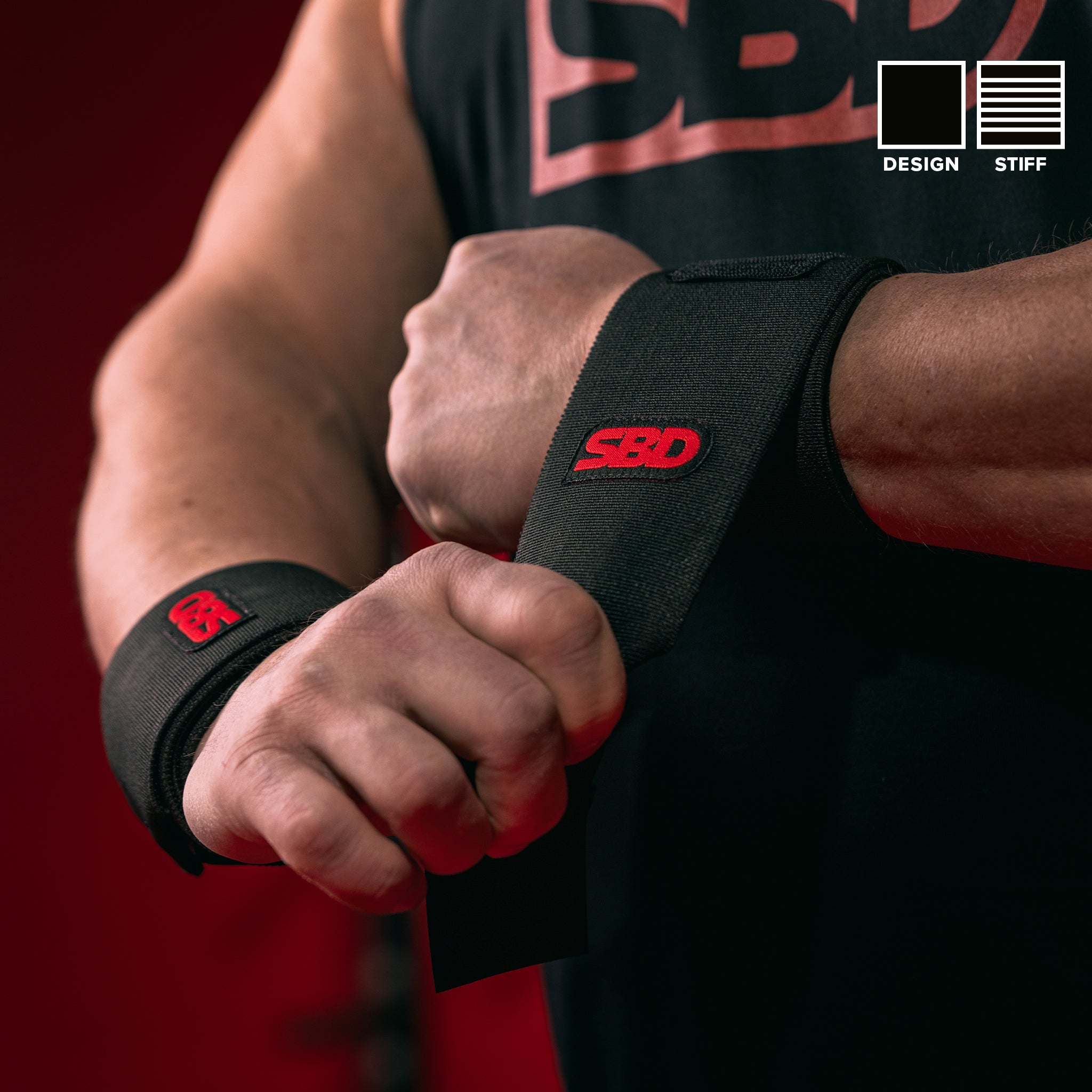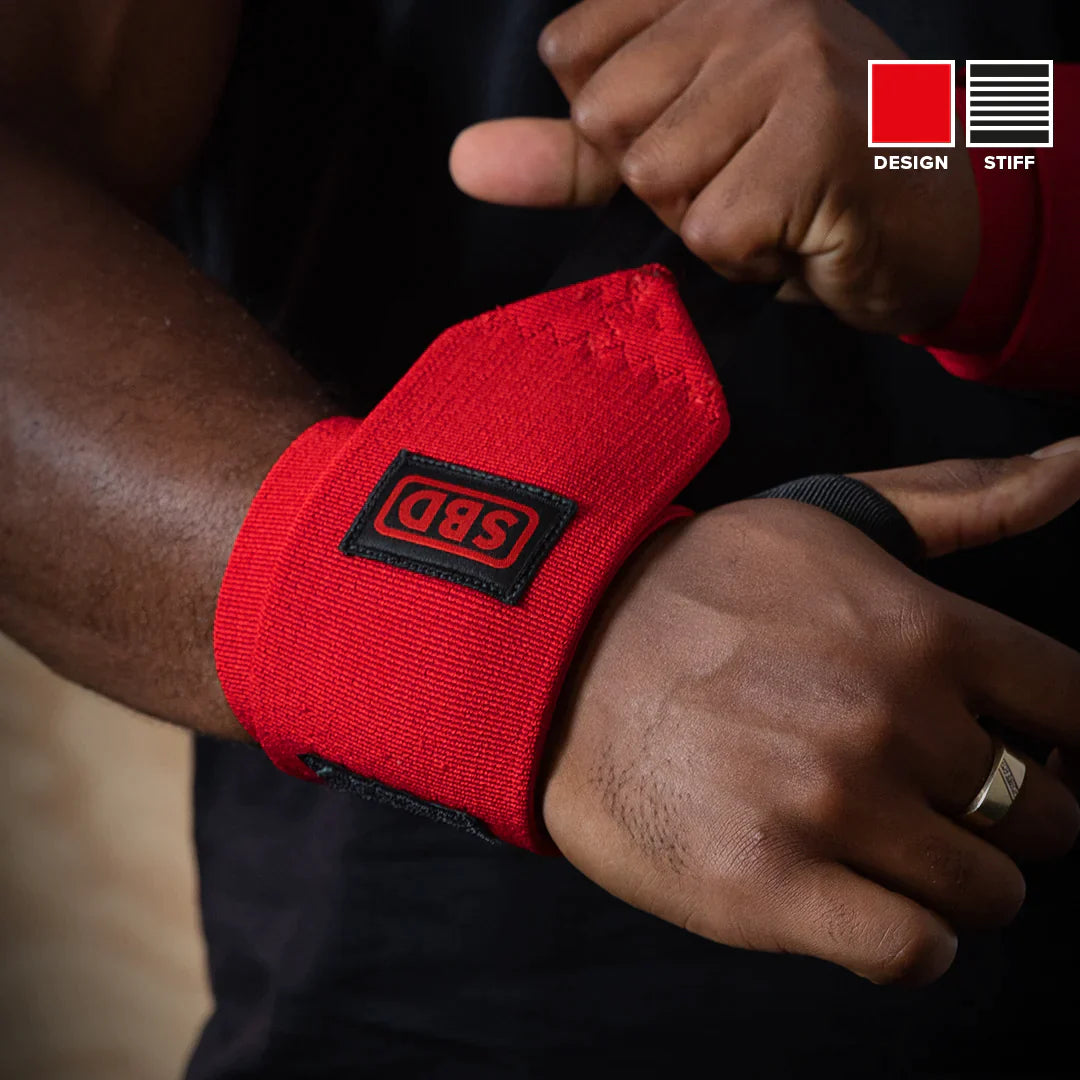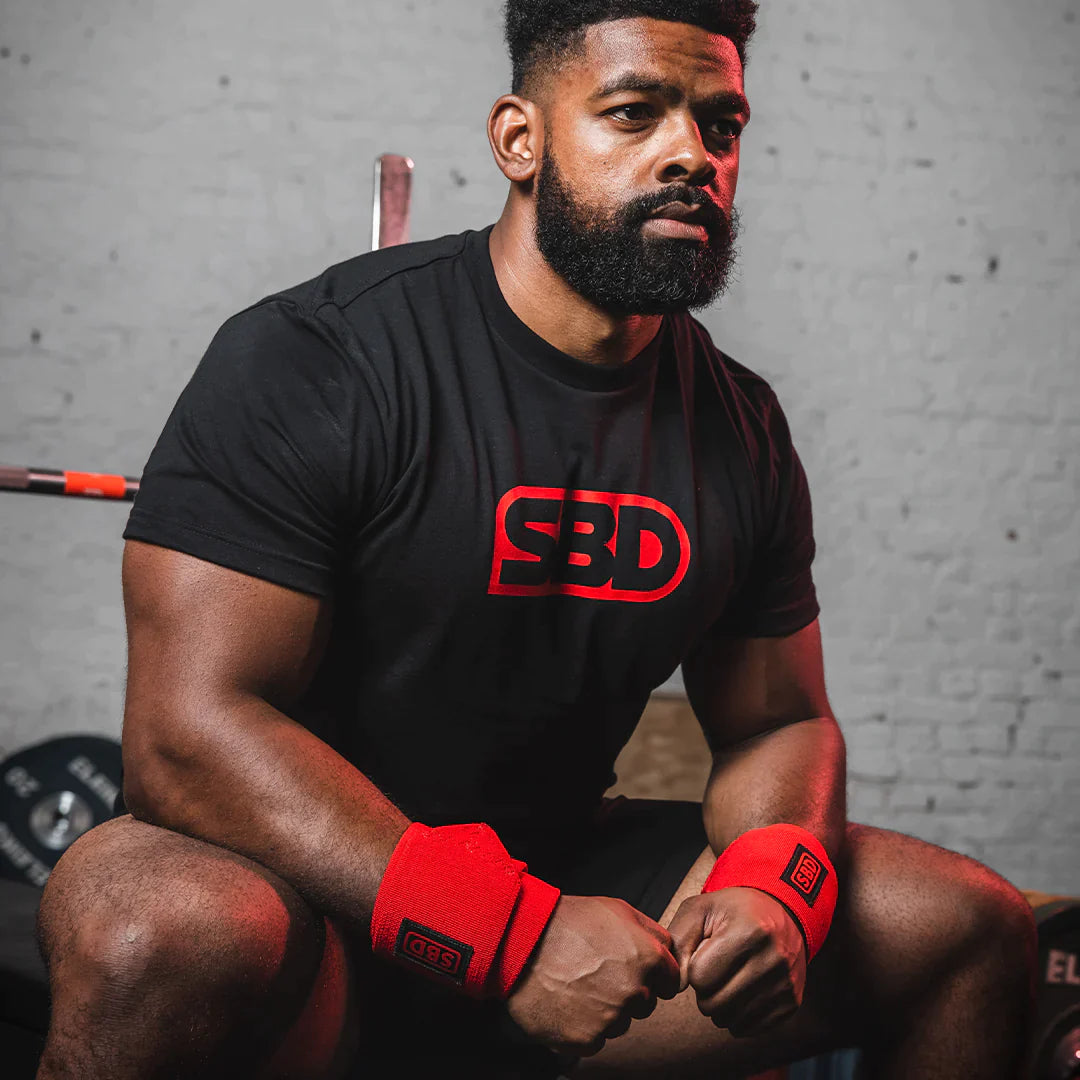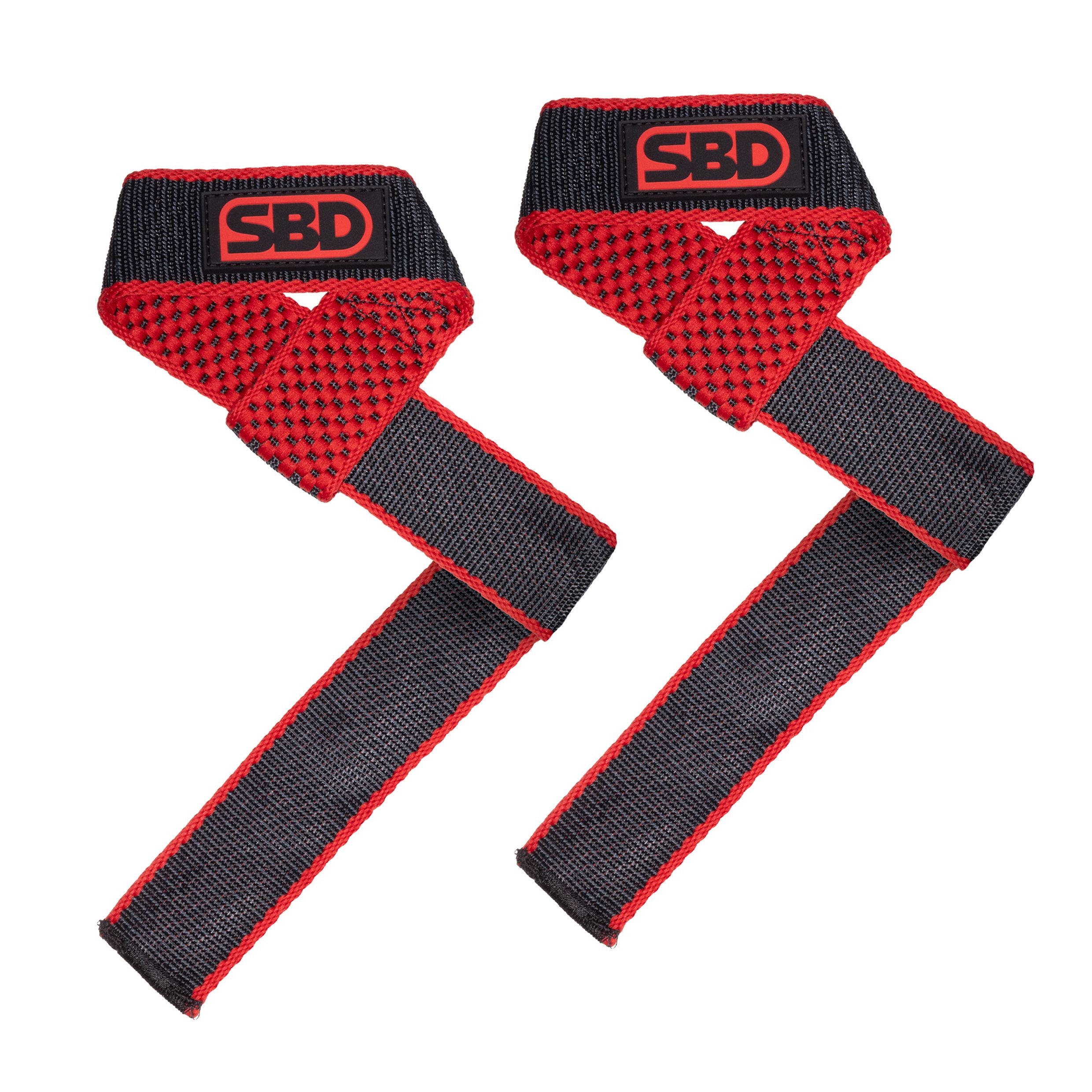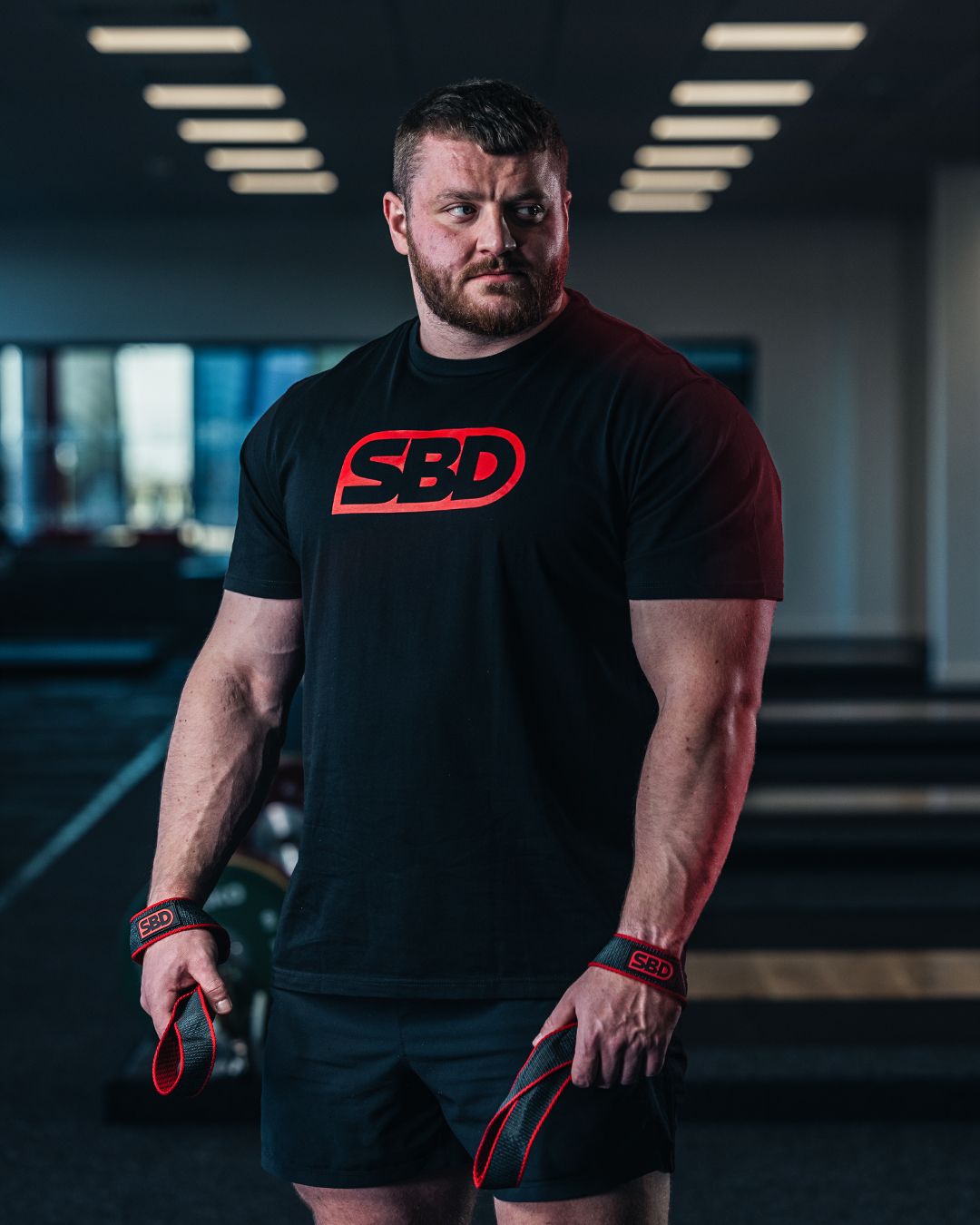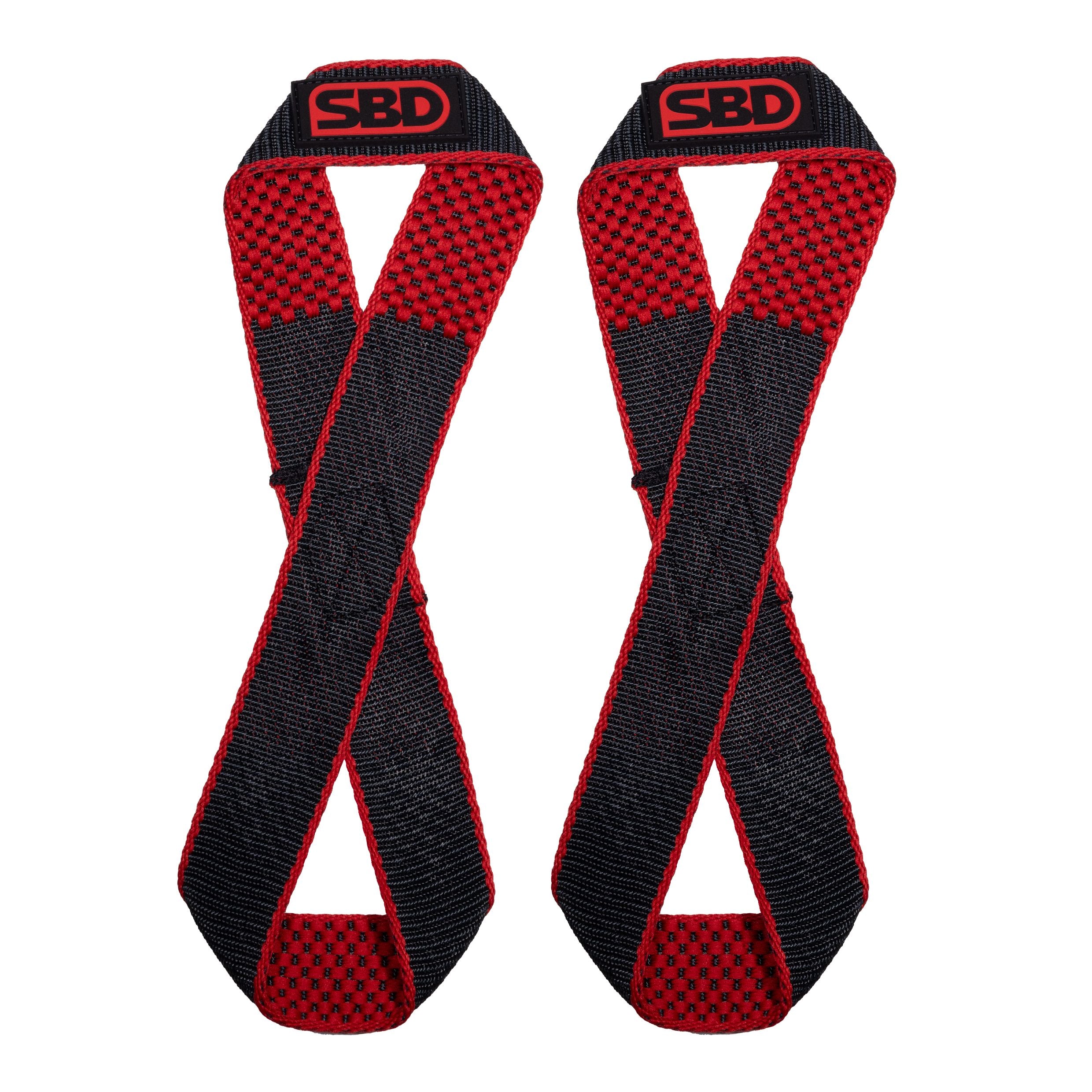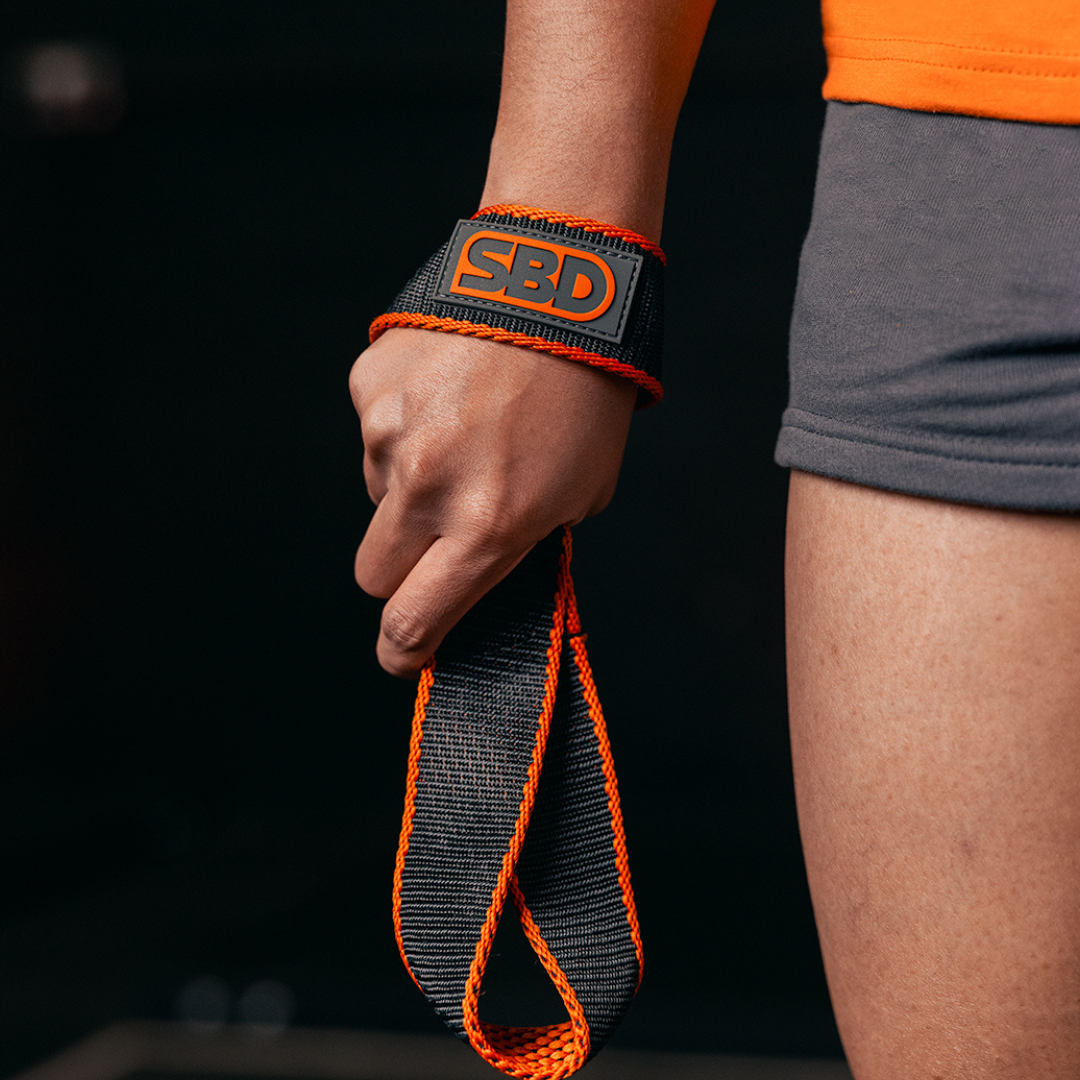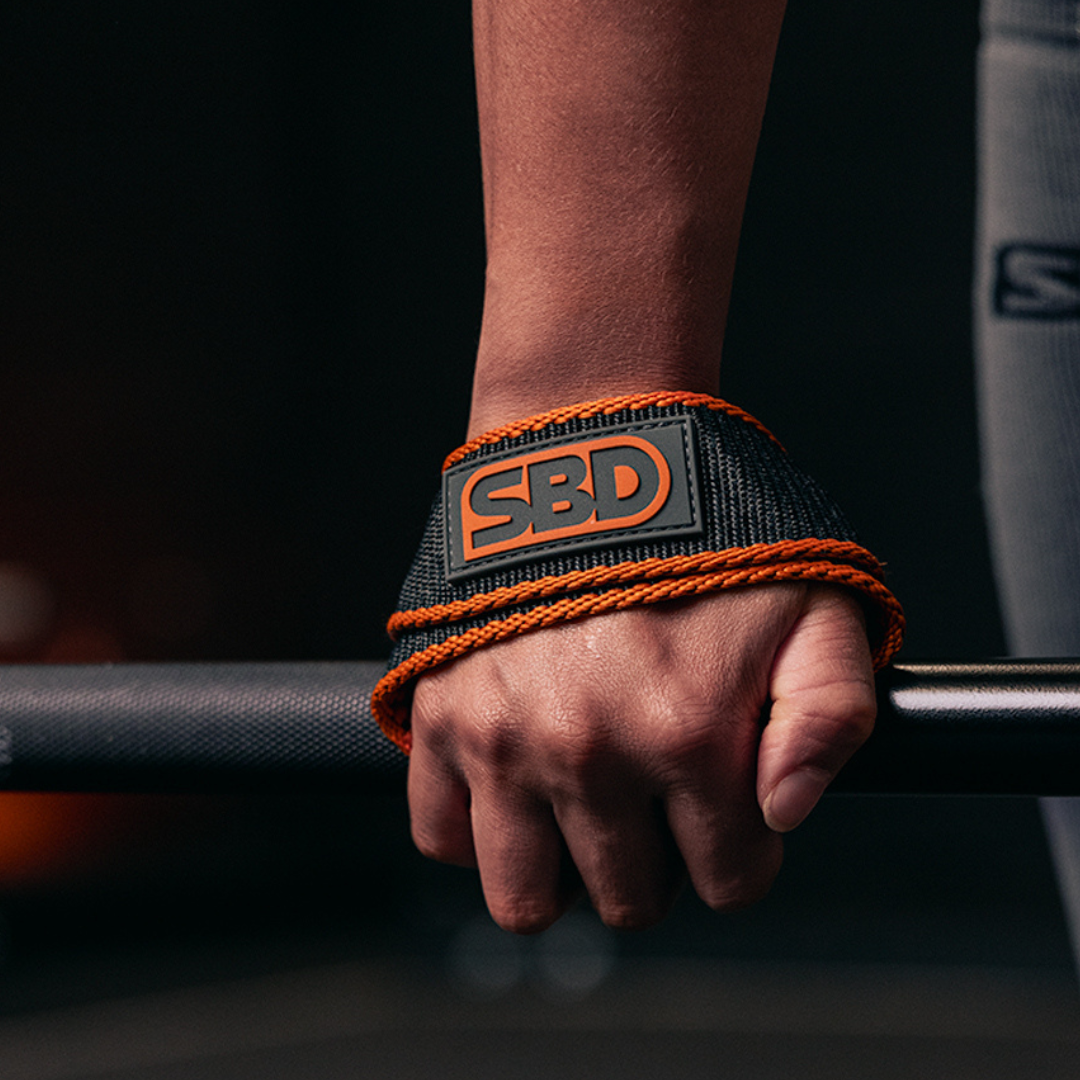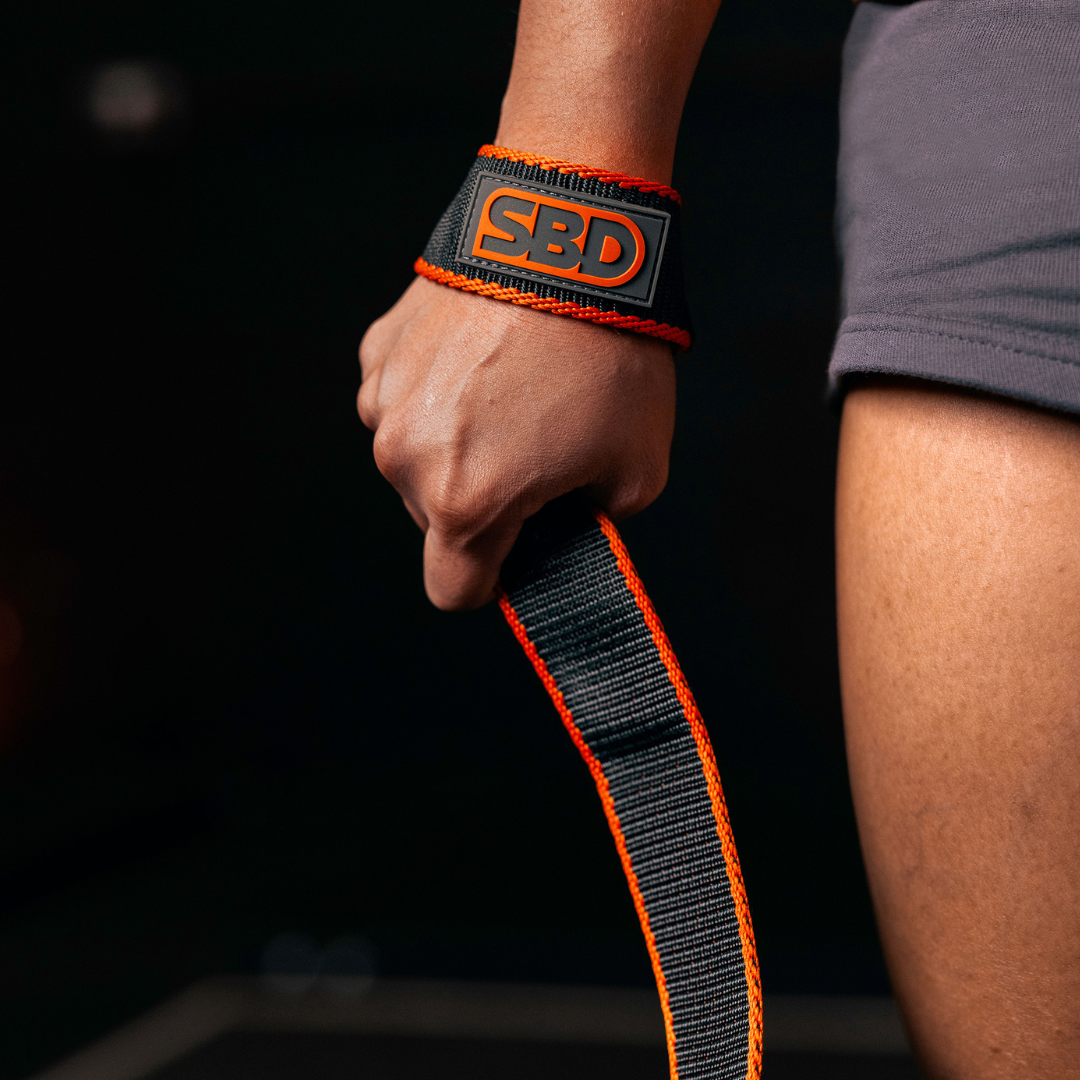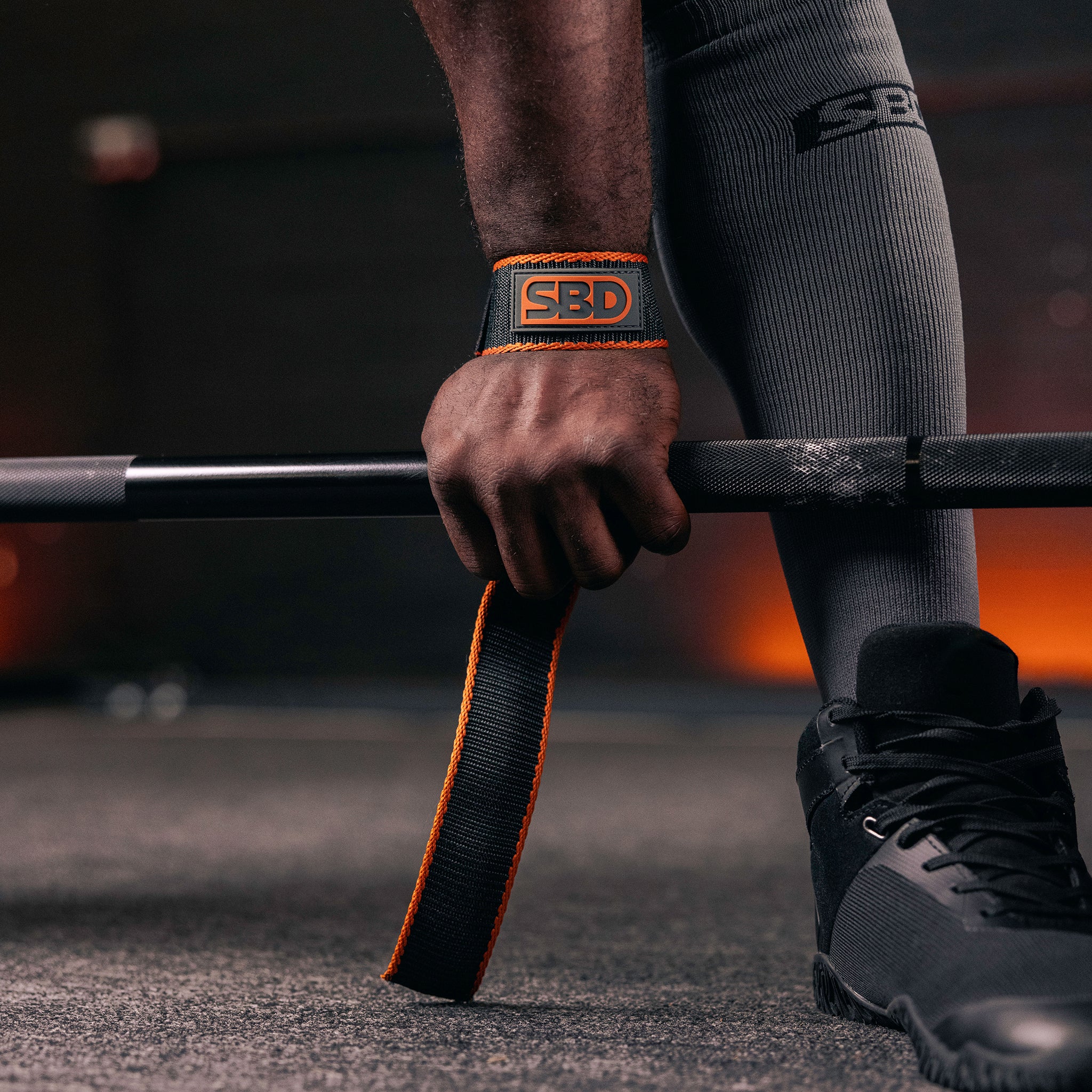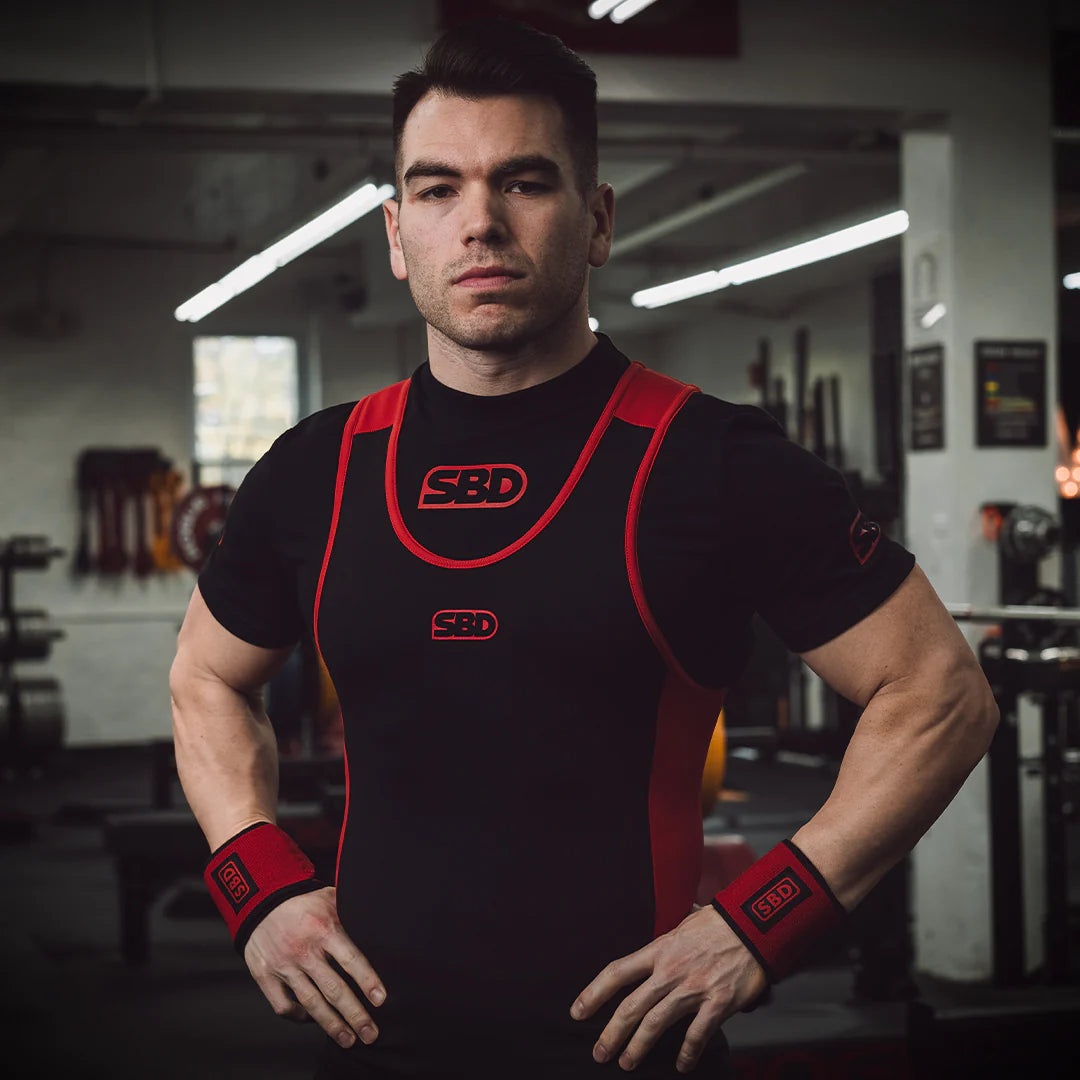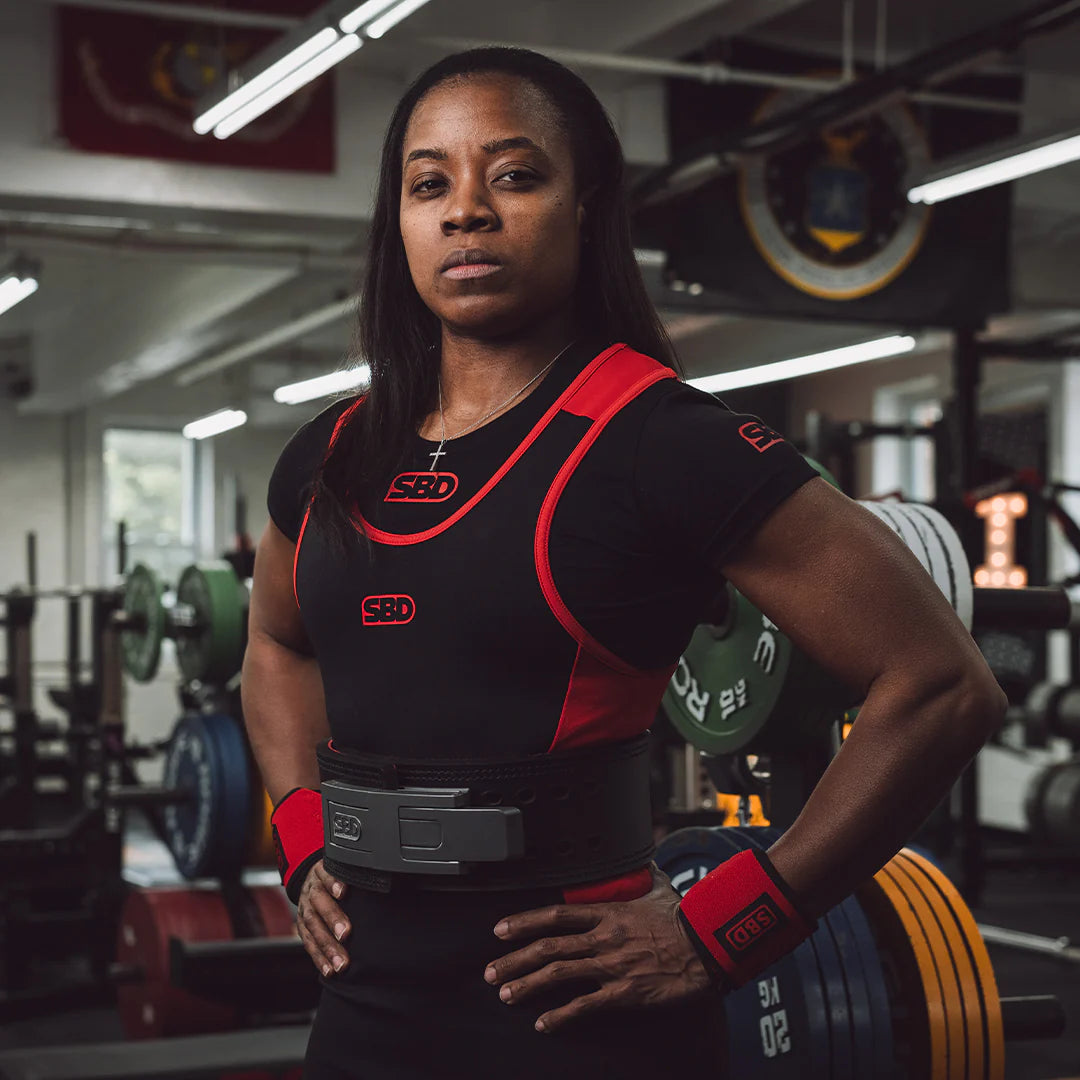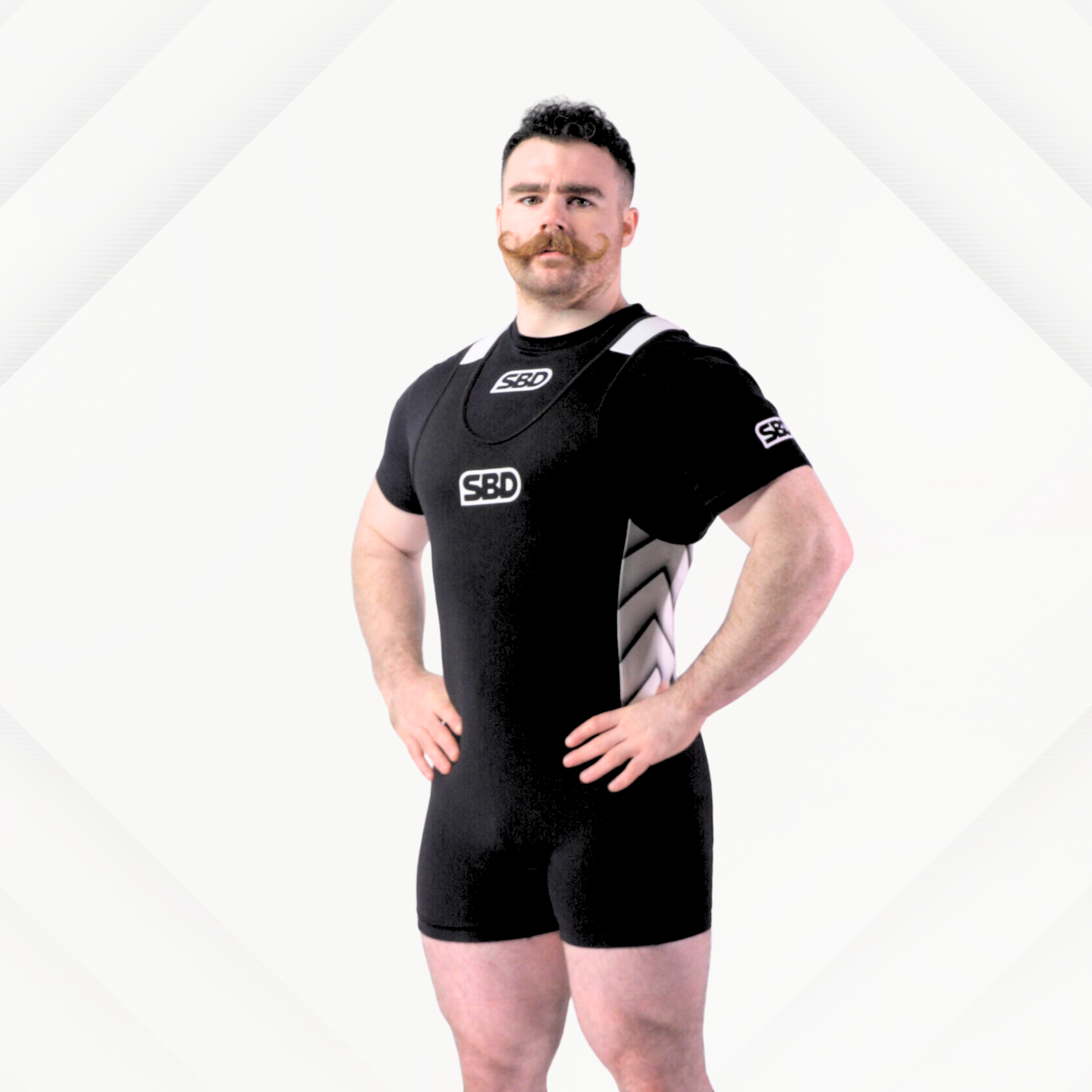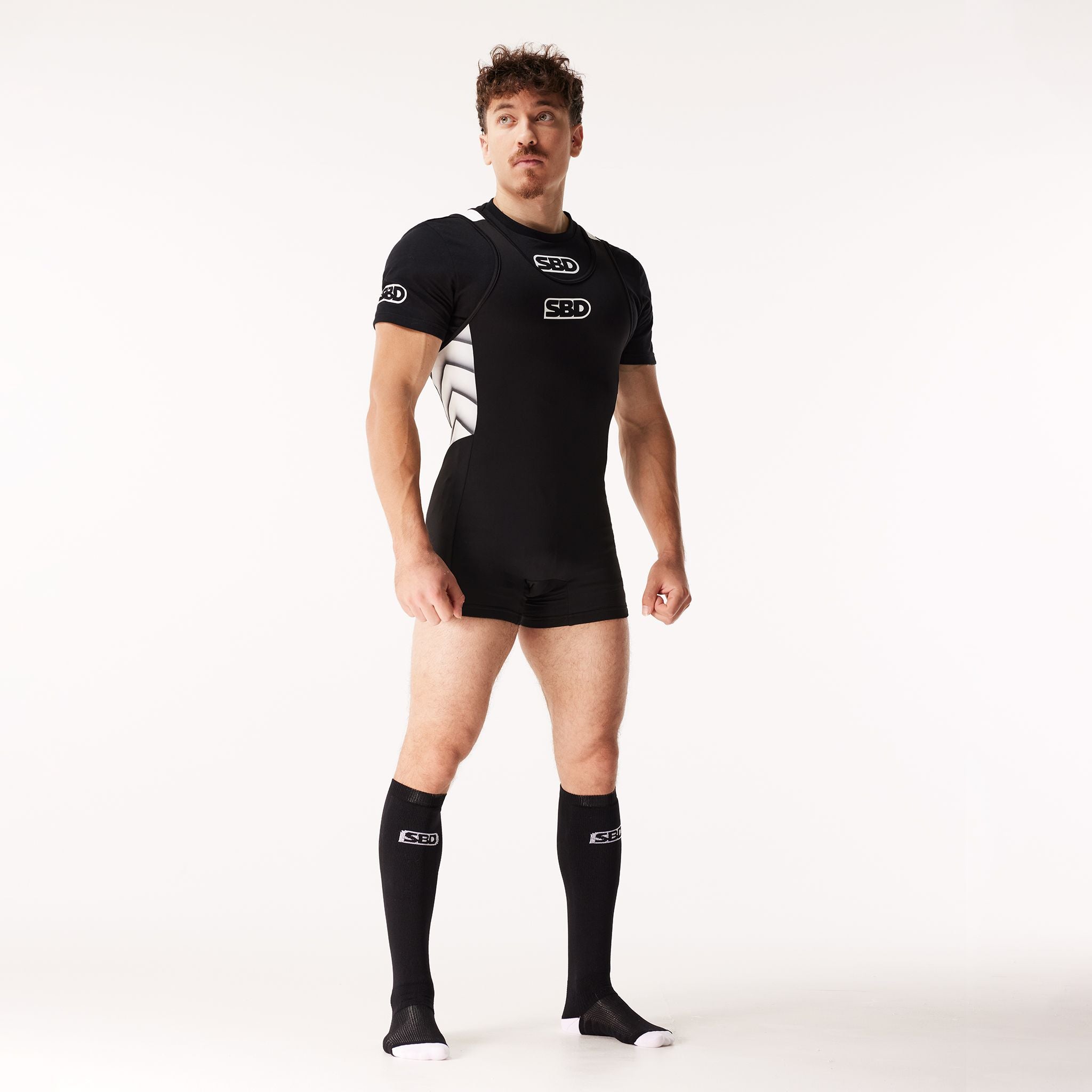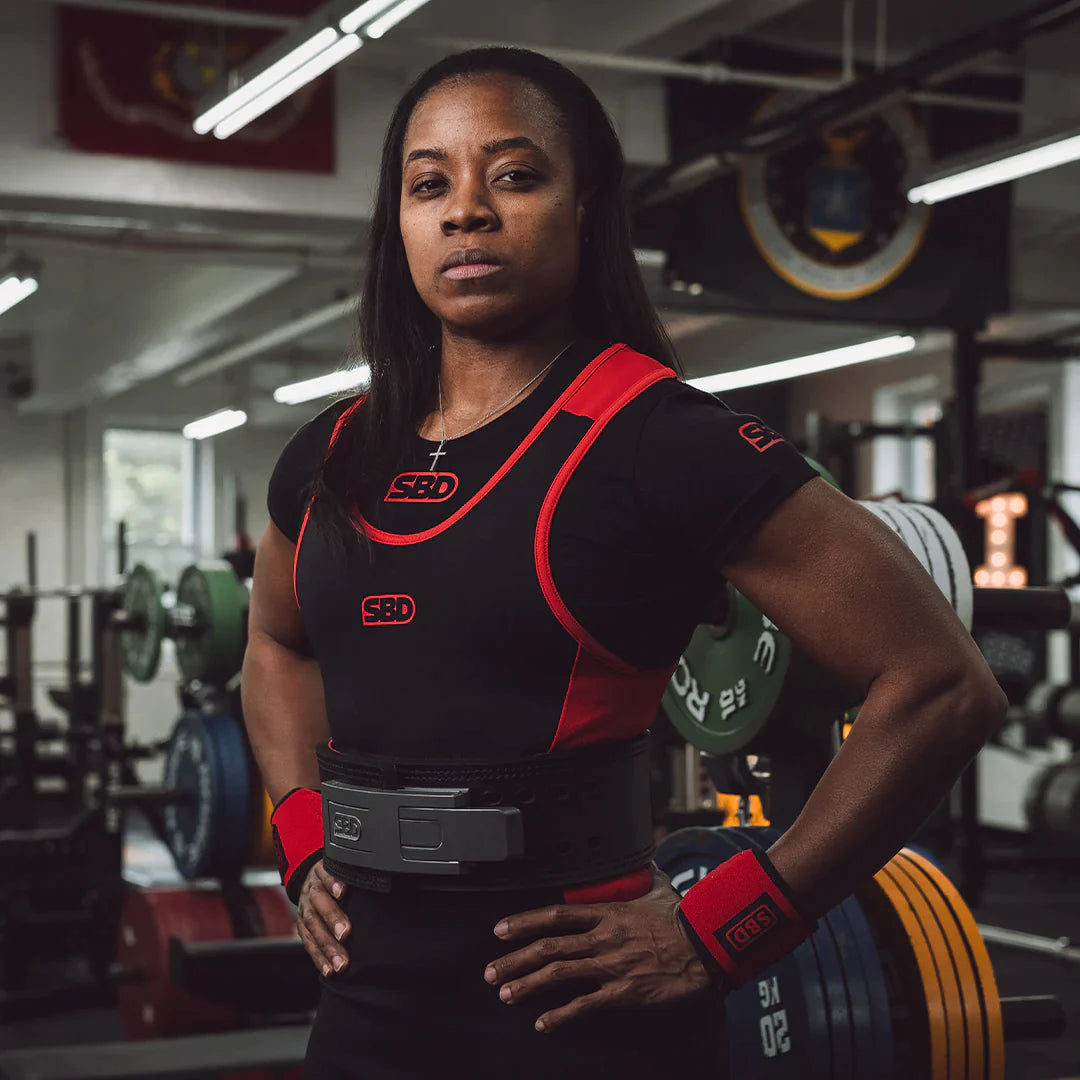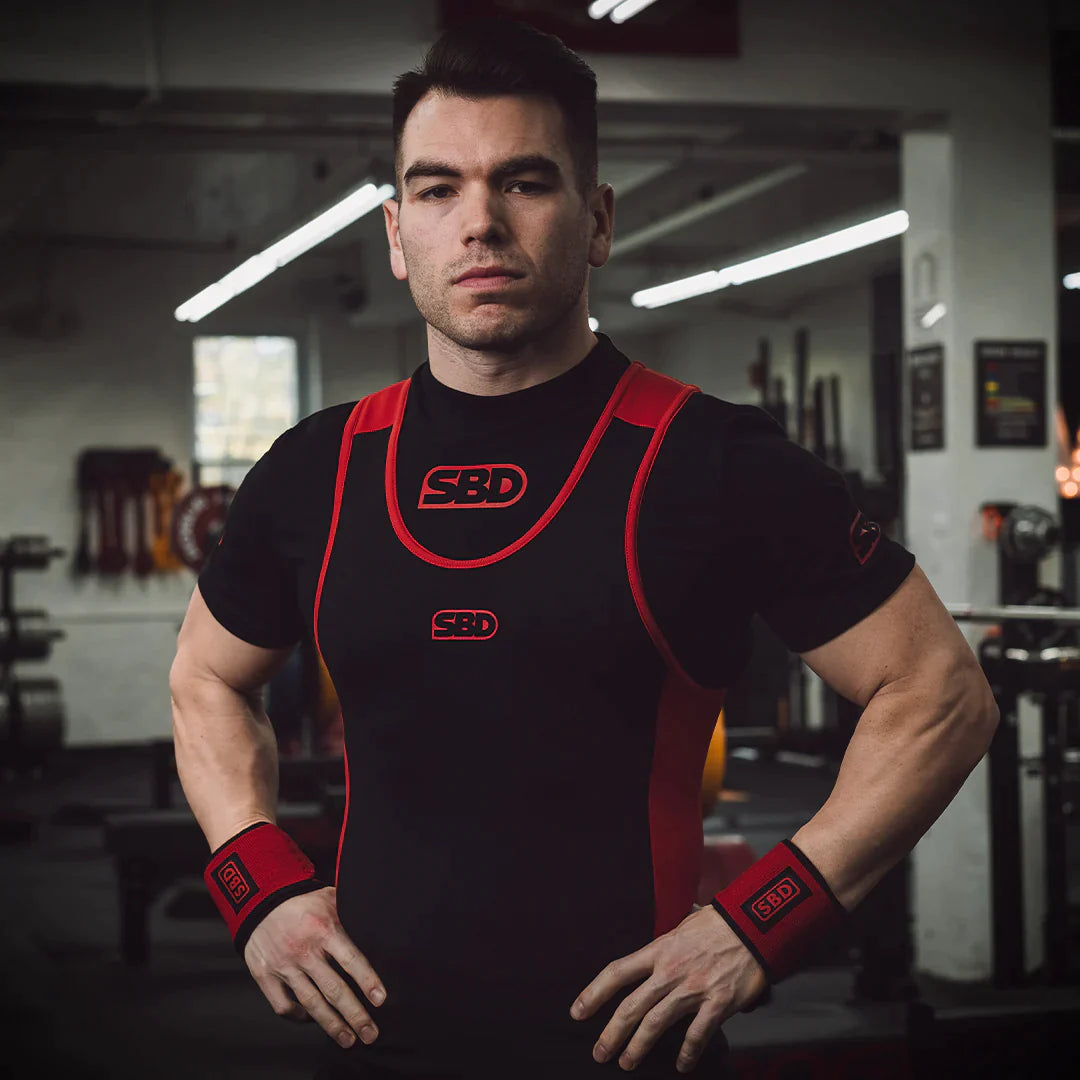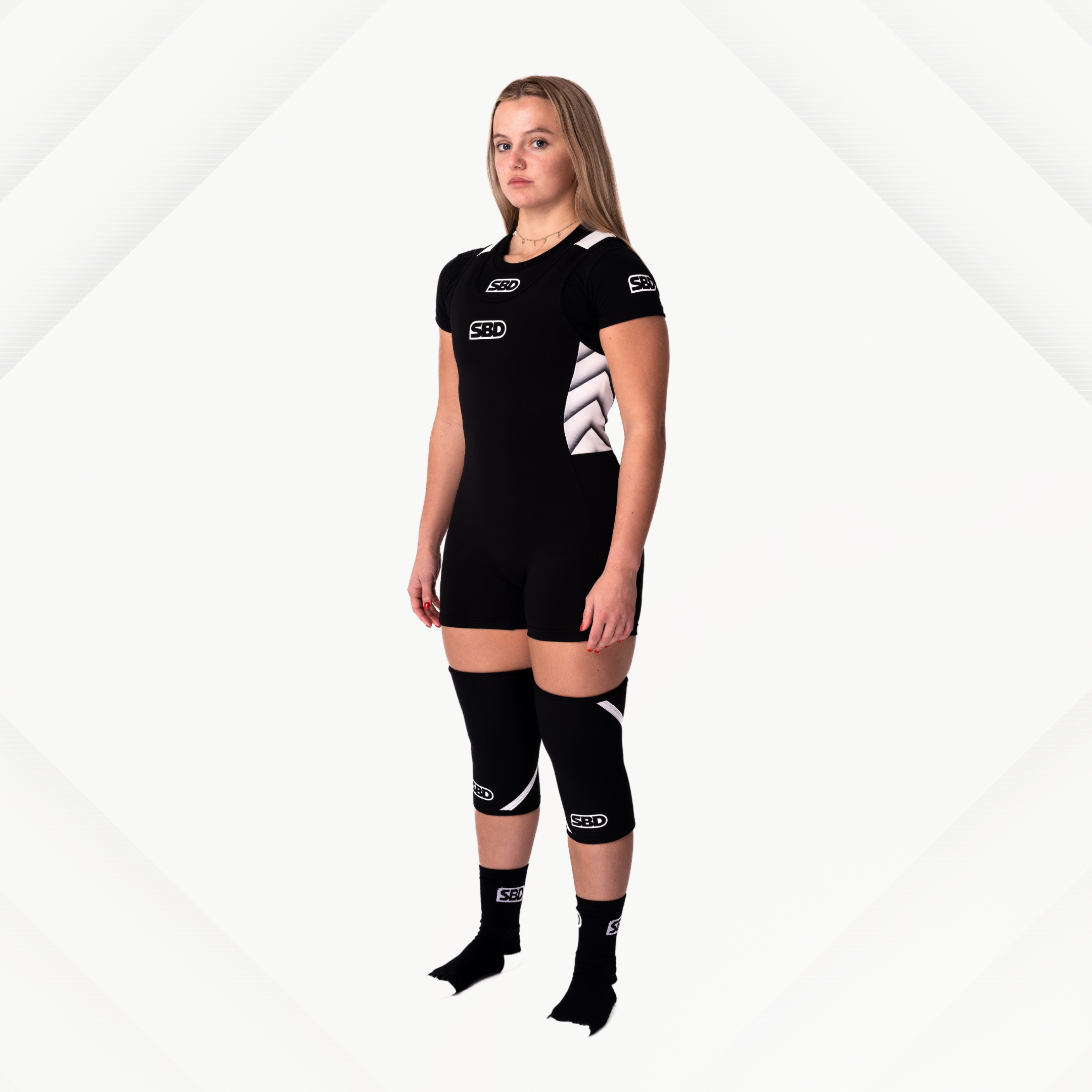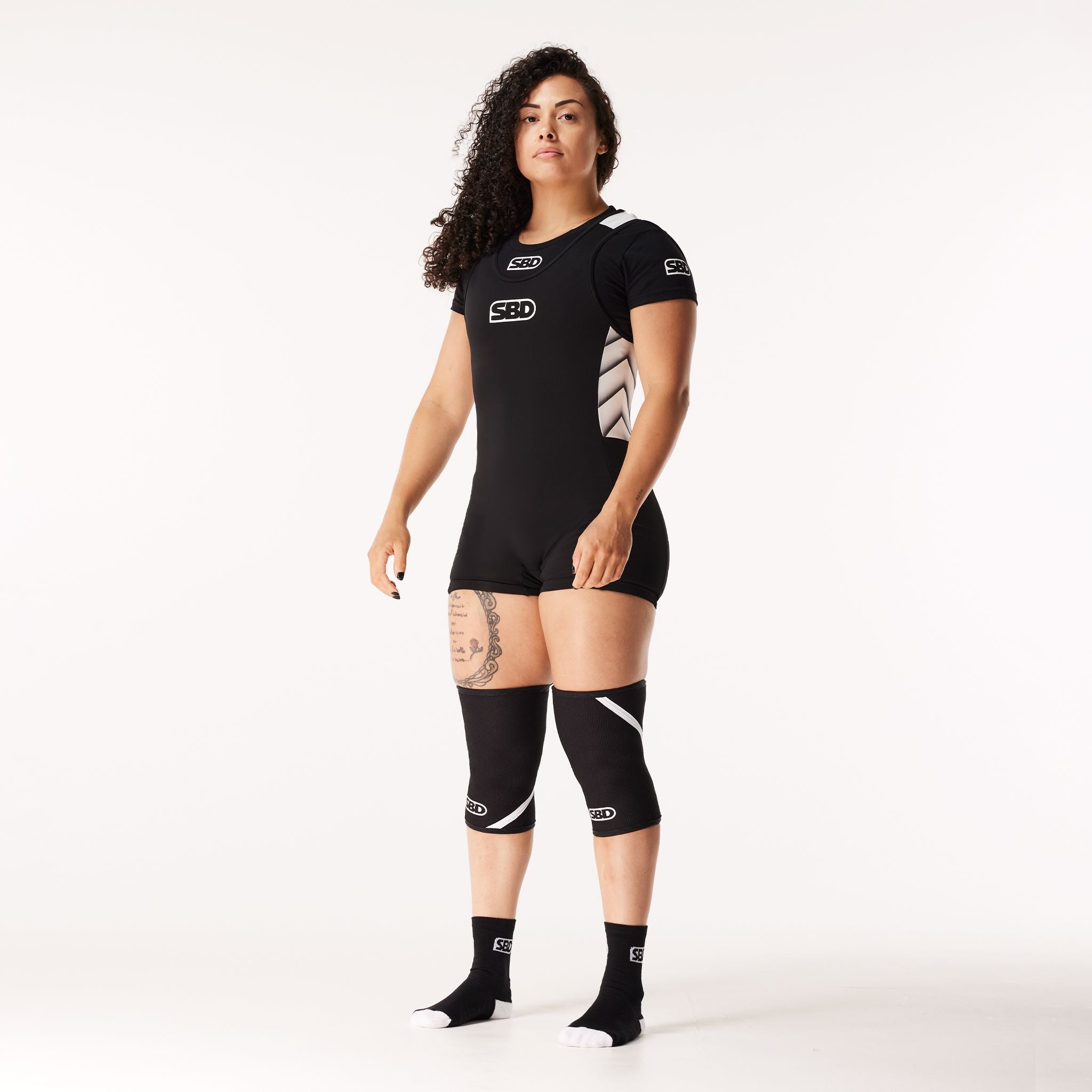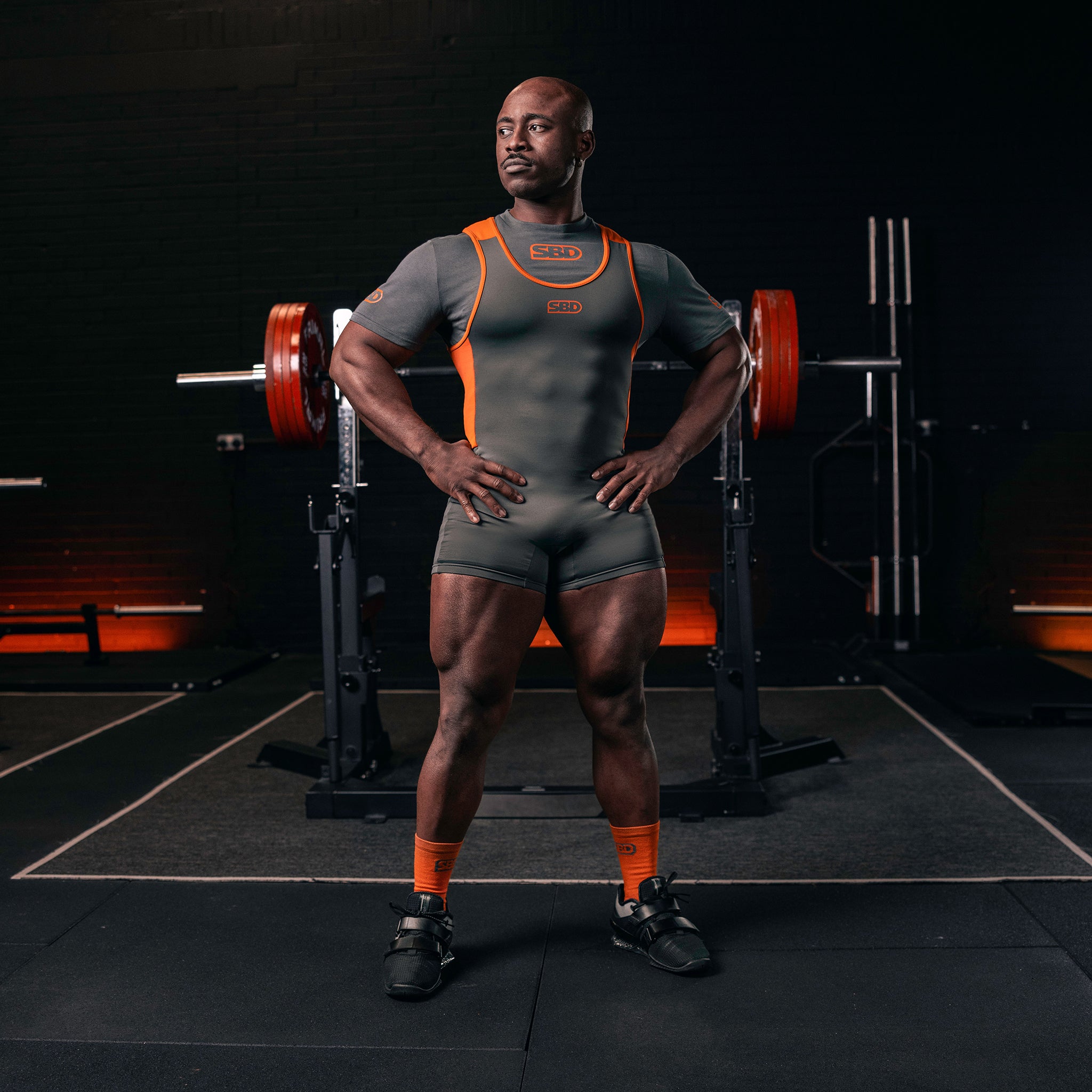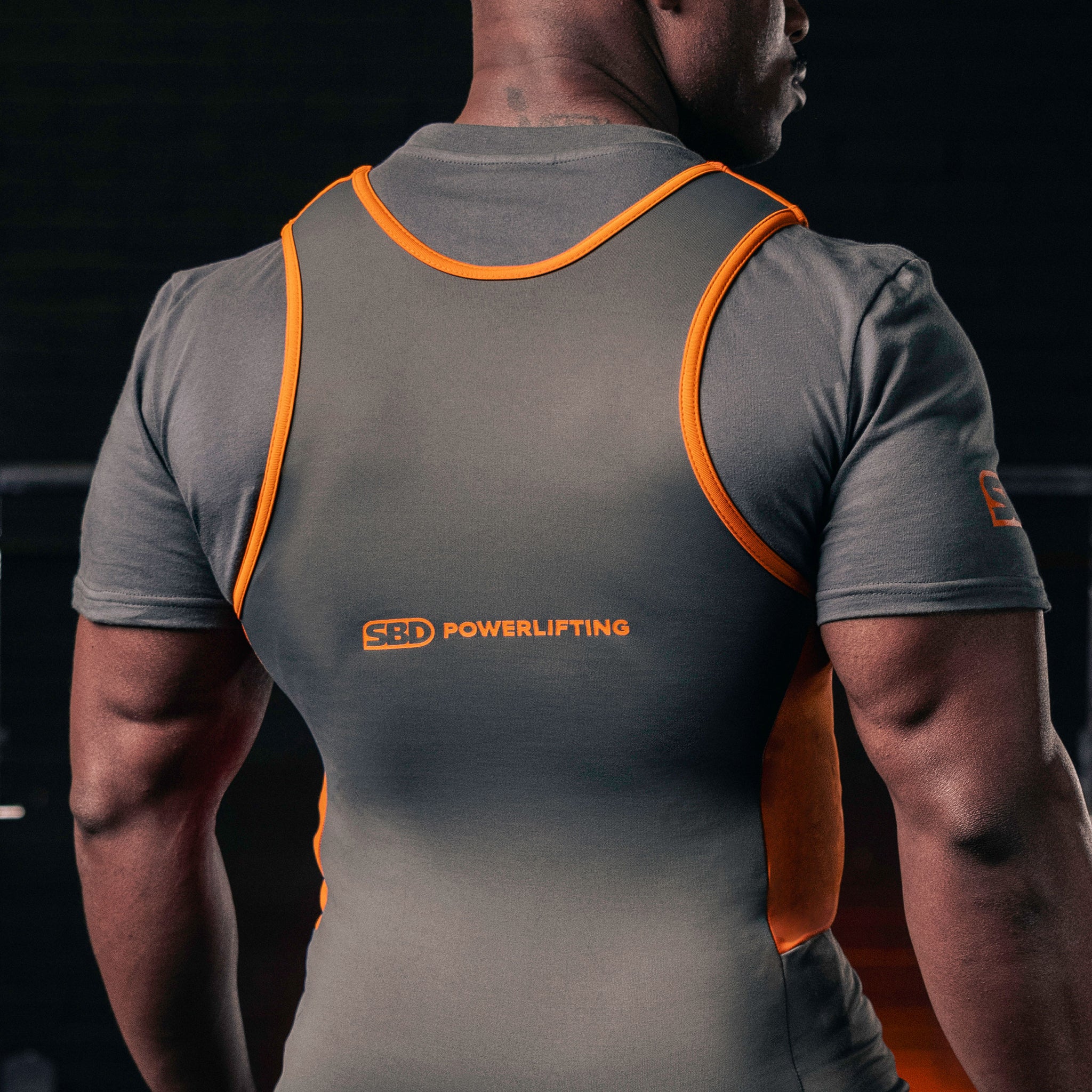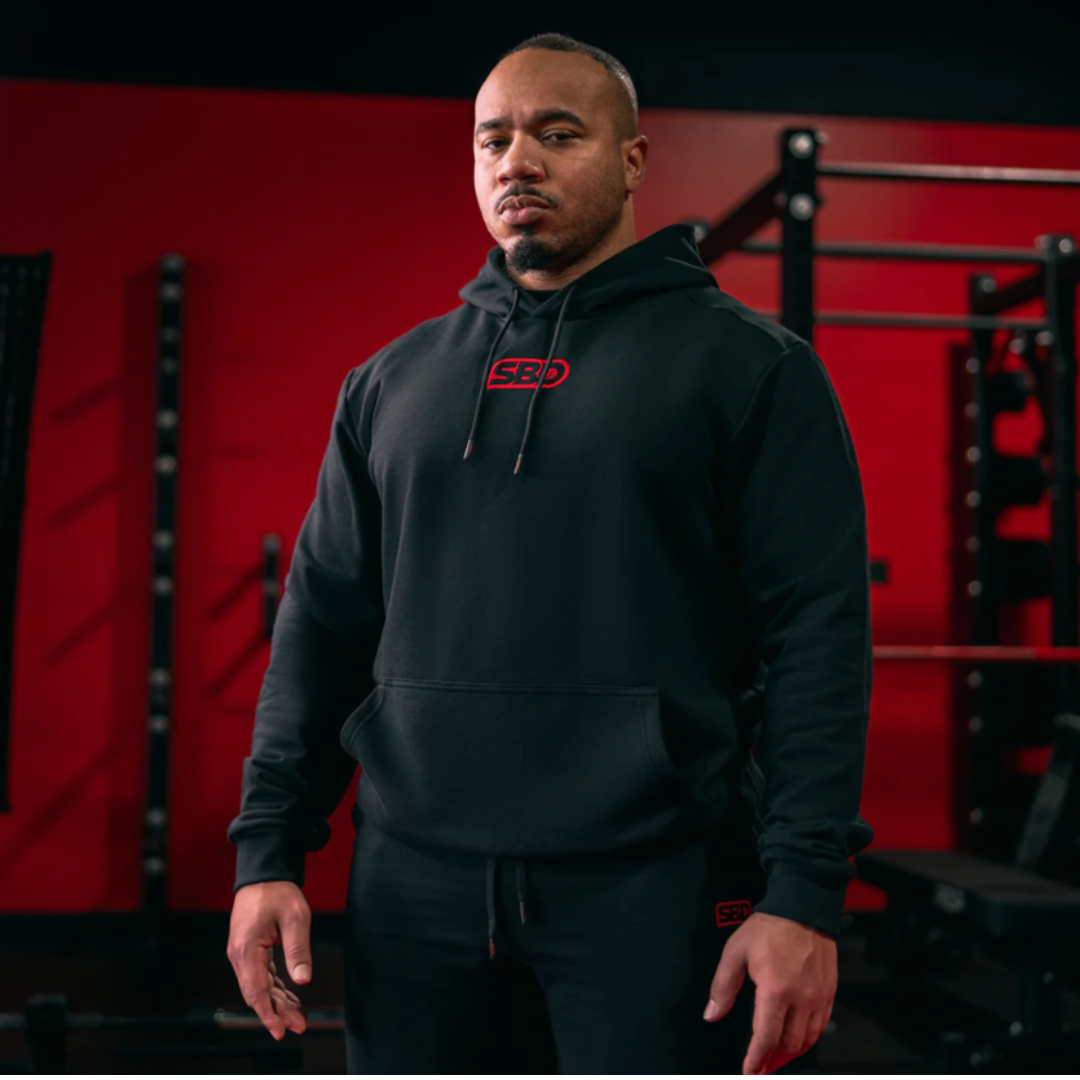When it comes to achieving impressive deadlift numbers, grip strength often becomes the silent limiter. No matter how strong your back, legs, and core are, if your hands can’t hold onto the bar, your performance will suffer. Here, we’ll explore a range techniques to strengthen your grip and ensure it’s no longer the weak link in your lifting game.
Why Grip Strength Matters in Deadlifting
Grip strength is the foundation of a powerful deadlift. It allows you to maintain control over the barbell throughout the lift, ensuring proper technique and reducing the risk of failure. Beyond just lifting heavier weights, a strong grip also improves muscle activation and stability, contributing to better overall performance.
Deadlifting with a weak grip often leads to failed lifts, compromised form, and even injuries. Strengthening your grip is not just an accessory to lifting — it’s a necessity.
Types of Grip Used in Deadlifting
Choosing the right grip for deadlifting can make or break your performance. Here’s an overview of the most common grips:
Double Overhand Grip
This grip is simple and natural, with both palms facing you. It’s often used during warm-ups or lighter lifts due to its limited strength potential.
Advantages:
-
Promotes balanced hand development.
-
Reduces the risk of bicep strain.
Disadvantages:
-
Limited by grip strength rather than overall lift capacity.
Mixed Grip
One hand faces towards you while the other faces away. This grip is popular for heavy lifts due to its enhanced hold on the bar.
Advantages:
-
Provides a stronger grip than the double overhand.
-
Useful for progressing to heavier weights.
Disadvantages:
-
Can lead to muscle imbalances.
-
Increases risk of bicep injury on the supinated side.
Hook Grip
A staple for powerlifters and Olympic weightlifters, the hook grip involves tucking your thumb under your fingers for a more secure hold.
Advantages:
-
Extremely secure.
-
Reduces risk of bar slippage.
Disadvantages:
-
Can be painful initially.
-
Requires adaptation time.
Common Grip Weaknesses and Challenges
Understanding the obstacles that lifters face with grip strength can help you target your training effectively.
Weak Thumb Strength
Your thumbs play a crucial role in securing the bar. Weak thumbs can lead to early grip failure.
Solution: Incorporate pinch grip exercises to strengthen your thumbs.
Finger Endurance
Fatigue in your fingers during high-rep sets or long holds can limit your performance.
Solution: Practice exercises like dead hangs and plate pinches to build finger stamina.
The Role of Forearm Muscles in Grip Strength
Your forearm muscles are the engine behind your grip. Training these muscles directly not only improves grip but also enhances forearm size and vascularity. Compound exercises like pull-ups, deadlifts, and rows naturally target the forearms, but isolation work can yield even greater results.
Effective Exercises to Build Grip Strength
Dead Hangs
Hang from a pull-up bar for as long as possible. This exercise builds endurance and improves grip under sustained tension.
Farmer’s Carries
Walk while holding heavy weights in each hand. This functional exercise strengthens your grip, traps, and core.
Plate Pinches
Hold weight plates together with just your fingers. This isolates finger strength and enhances overall grip.
Fat Grip Training
Attach fat grips to barbells or dumbbells to increase the diameter, forcing your grip to work harder.
Advanced Grip Strengthening Techniques
Captains of Crush Grippers
These specialised hand grippers provide progressive resistance, making them ideal for building crushing grip strength.
Towel Pull-Ups
Wrap a towel around a pull-up bar and grip it to perform pull-ups. This challenges your grip and forearms intensely.
Rolling Thunder Deadlift
A one-handed deadlift variation using a rotating handle. It tests and improves your grip strength dynamically.
FAQs About Grip Strength for Deadlifting
-
How often should I train grip strength? Aim for 2-3 dedicated grip sessions per week.
-
Can I improve grip strength without equipment? Yes, exercises like dead hangs and towel pull-ups require minimal equipment.
-
How long does it take to see results? With consistent training, expect noticeable improvements within 4-6 weeks.
-
Does grip strength improve overall lifting performance? Absolutely. A stronger grip enhances control and stability during compound lifts.
-
Should I use straps or chalk for heavy lifts? Straps can be useful, but rely on them sparingly. Chalk is highly recommended for grip support.
-
What’s the best grip for beginners? Start with the double overhand grip to develop balanced strength.
Conclusion: Grip Strength as the Foundation of Deadlifting Success
A strong grip is the cornerstone of a powerful deadlift. By incorporating these exercises and techniques into your routine, you can overcome grip limitations and achieve bigger numbers on the bar. Remember, consistency is key, and small, incremental improvements lead to significant gains over time.




